The History of the Cowboy Boot Part 1: From Mongol Heels to Modern Icons
Are you ready to dive into the fascinating history of cowboy boots? While there isn't a single creator or birthplace when it comes to the invention of the cowboy boot, the question of its origin has been asked repeatedly. It’s a topic that boot historians and aficionados love to debate, but few tackle in full. At Alvies, we wanted to bring you a comprehensive history, so we dug into every bit of research we could get our hands on. It led to a five-part series we're proud to unveil.

How do you define a "Cowboy" Boot?
Boots have been constantly shapeshifting through time. You can define the cowboy boot either through the lens of cowboy culture or trace its DNA through global iterations that influenced its form and function. We start in the depths of history, when boots first took shape—eventually evolving into the modern-day cowboy boot.
Spanish Cavemen & Persian Cavalry
Believe it or not, the first known image of a boot appears in a cave painting from Spain, dated between 12,000–15,000 BC. A man in boots. A woman in fur. That’s our humble beginning.
Fast forward a few thousand years: 10th-century Persian cavalry riders were wearing high-heeled boots to stay stable in their stirrups while shooting arrows on horseback. These guys knew how to ride and how to stay in style. That stirrup-friendly heel would eventually influence cowboy boots centuries later.

Enter the Mongols (and Their Red Heels)
In the 11th century, Genghis Khan’s Mongol armies swept across Europe wearing leather boots with bright red wooden heels—intimidating and fashionable. The trend caught fire. So much so that Louis XIV of France eventually required red heels at court. (Take that, Louboutin.)

Power, Status, and the Rise of the Rider’s Heel
By the 1600s, horses weren’t just transportation—they were status symbols. And heeled boots became synonymous with wealth and influence. A higher heel said, “I don’t walk anywhere. I ride."
Hessian & Wellington Boots
In 1785, German soldiers called Hessians brought their under-the-knee, V-cut boots to England—and to war. These military kicks became popular among civilians too. The Duke of Wellington decided to simplify the Hessian style and created the now-iconic Wellington boot: black or brown leather, side seams, squared or slightly rounded toes, and a modest one-inch heel.
They weren’t cowboy boots yet, but they were close.

Next up in Part 2: How military boots became cowboy essentials.
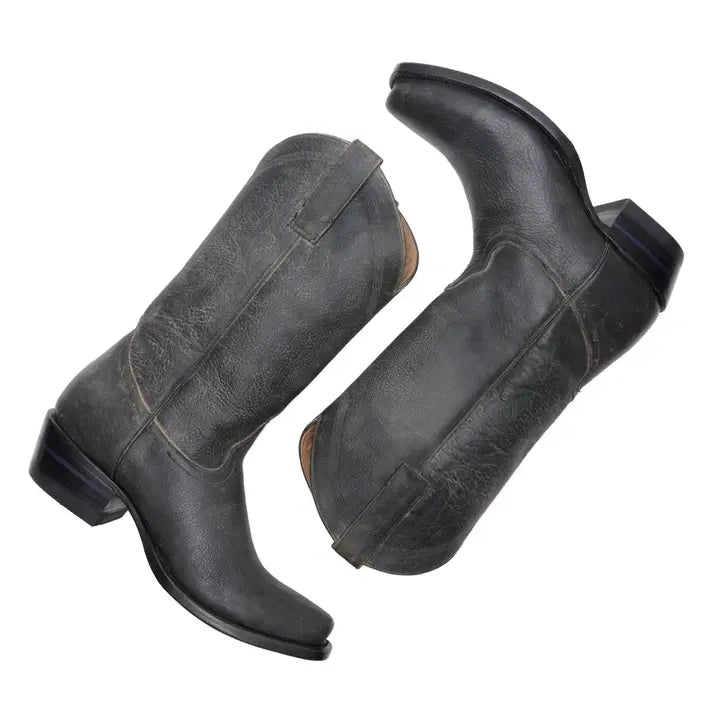
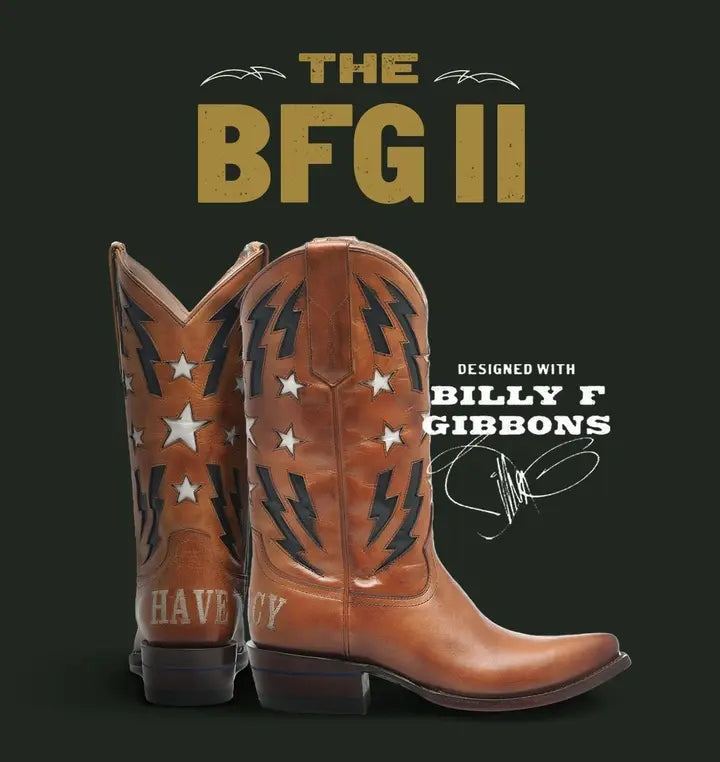
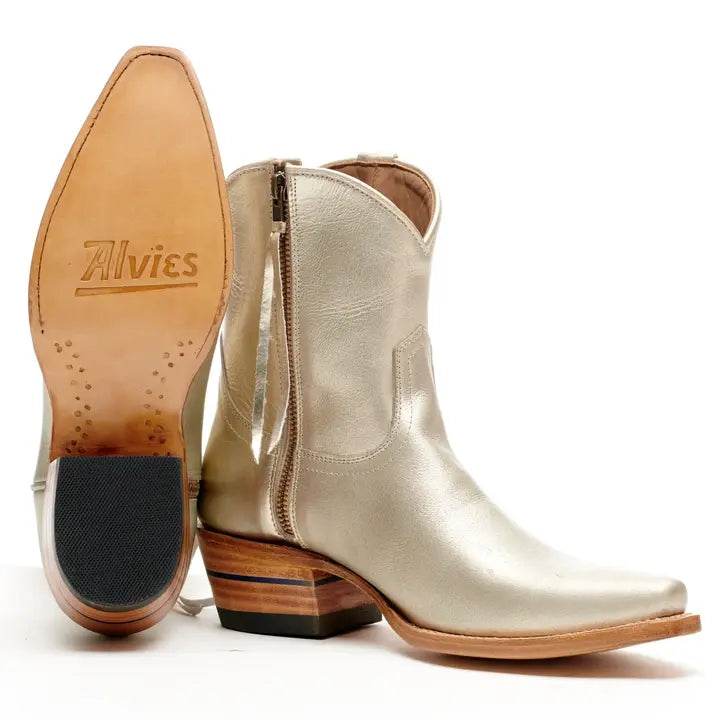





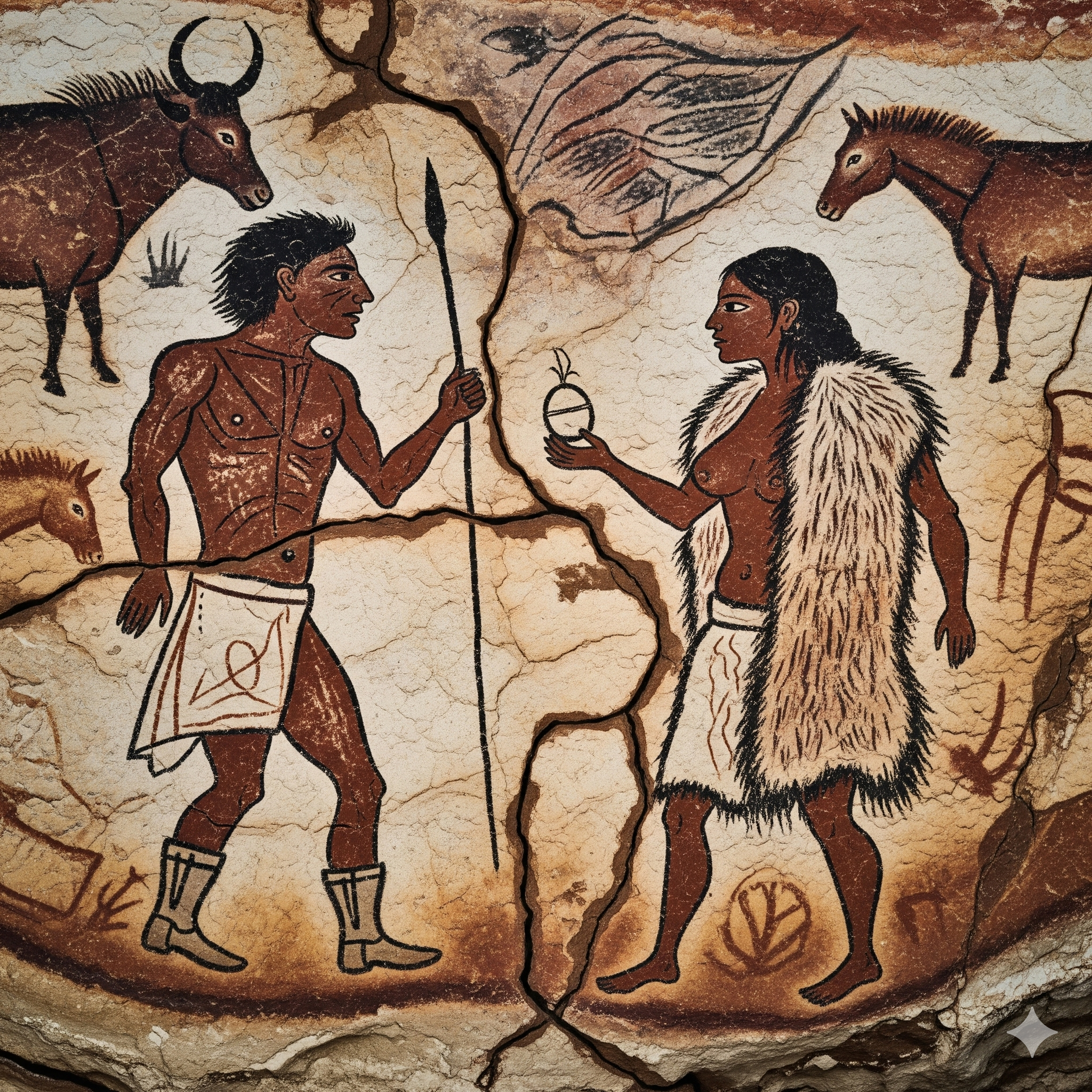
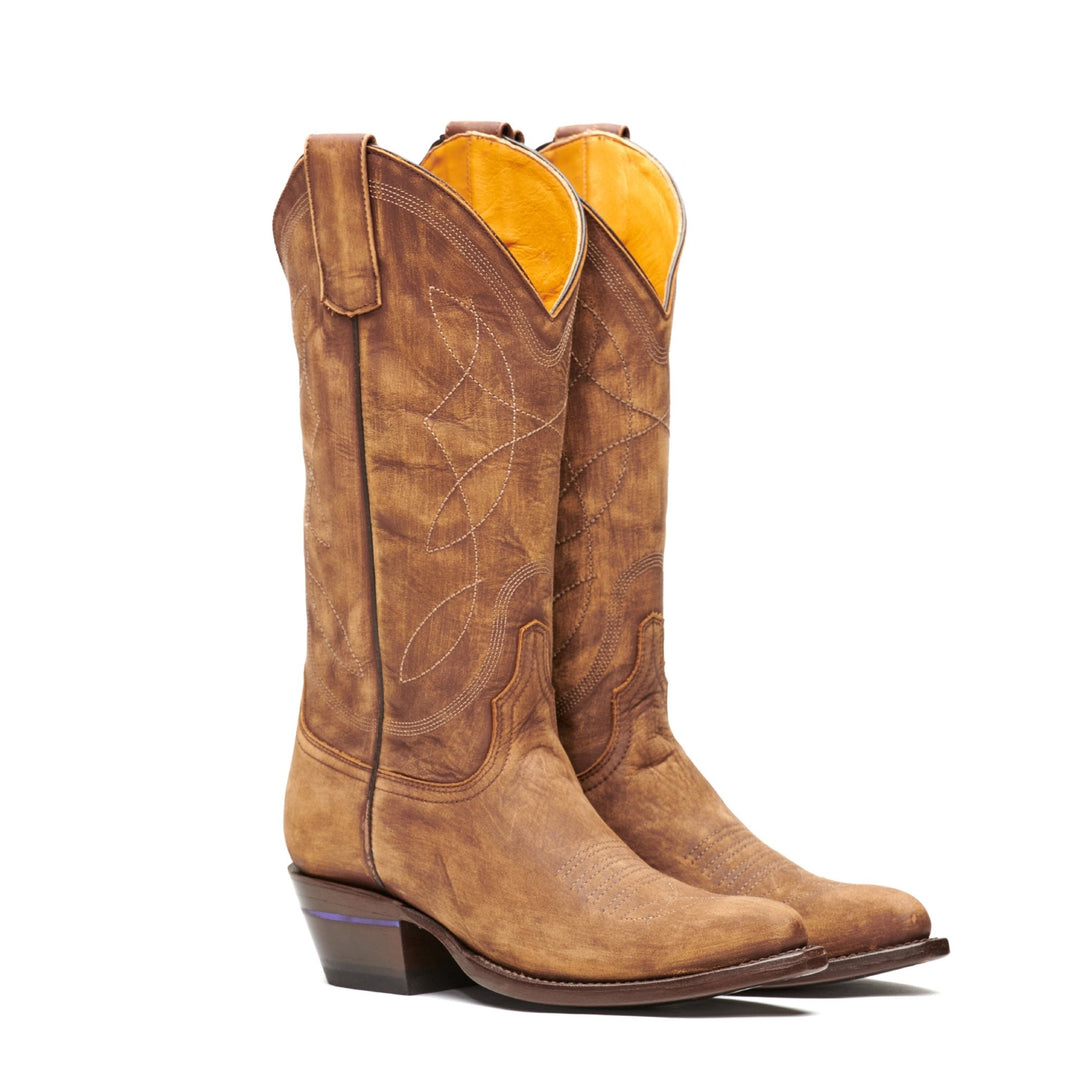
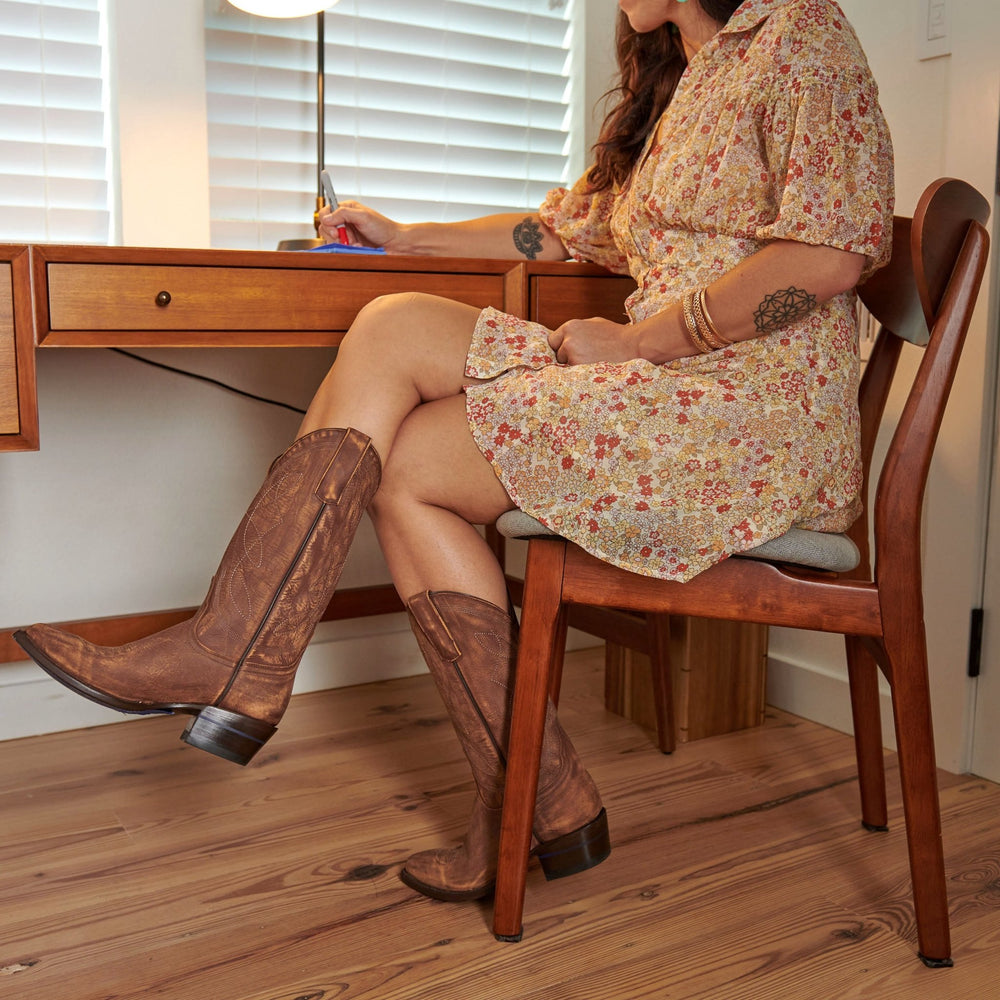
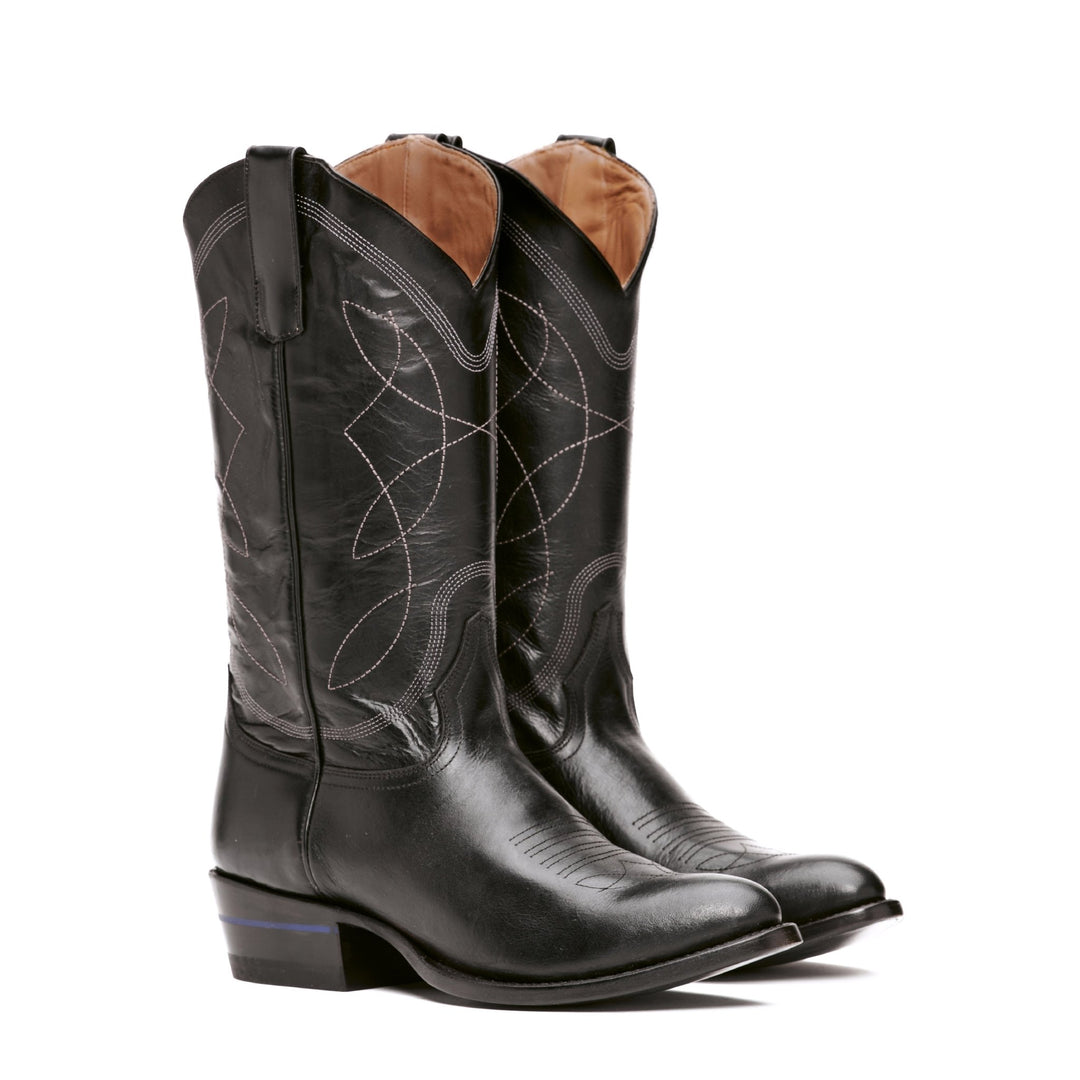
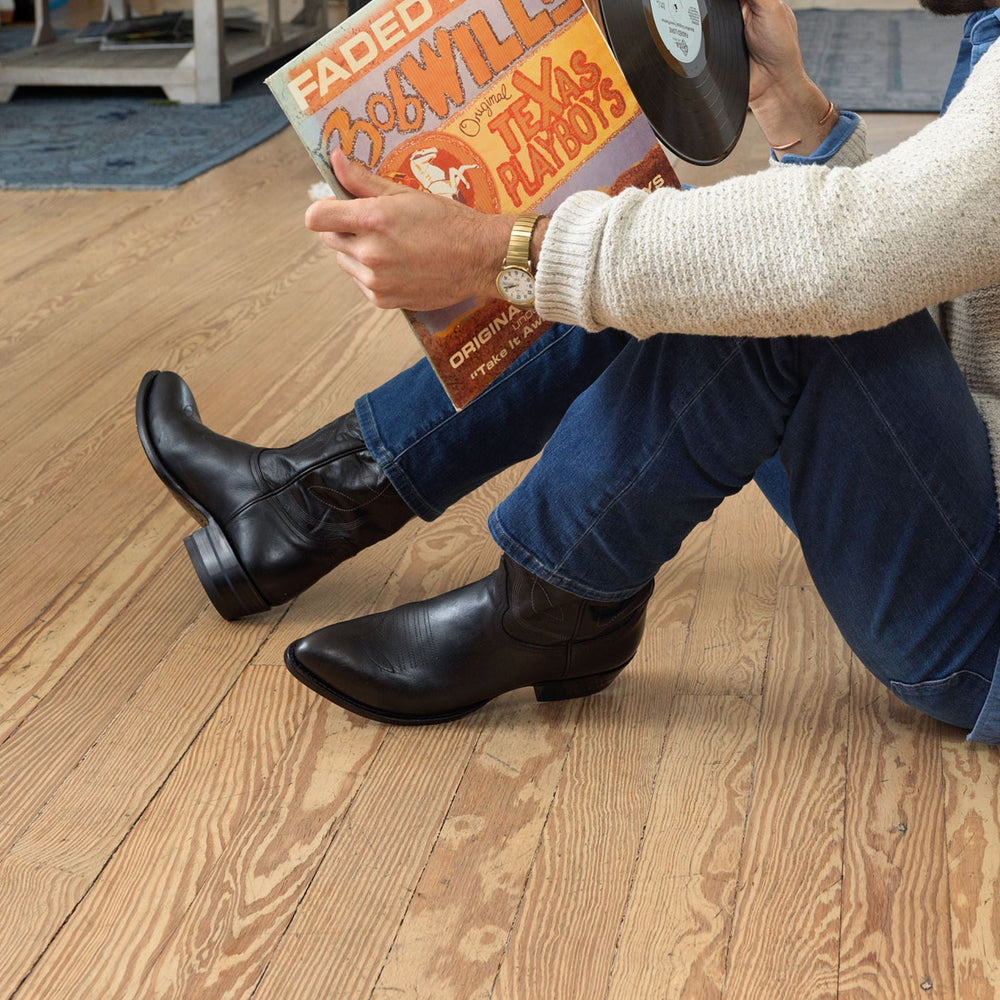
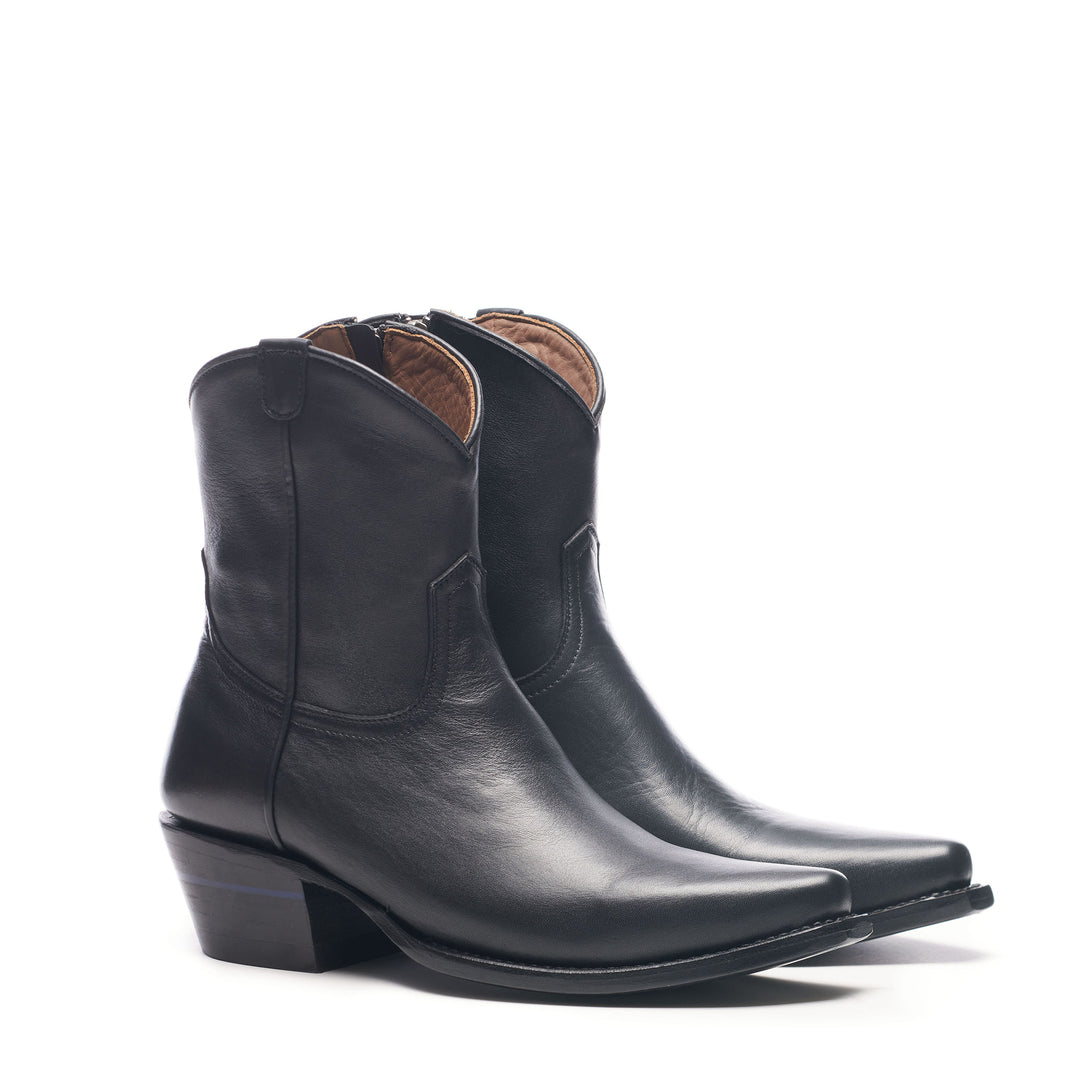
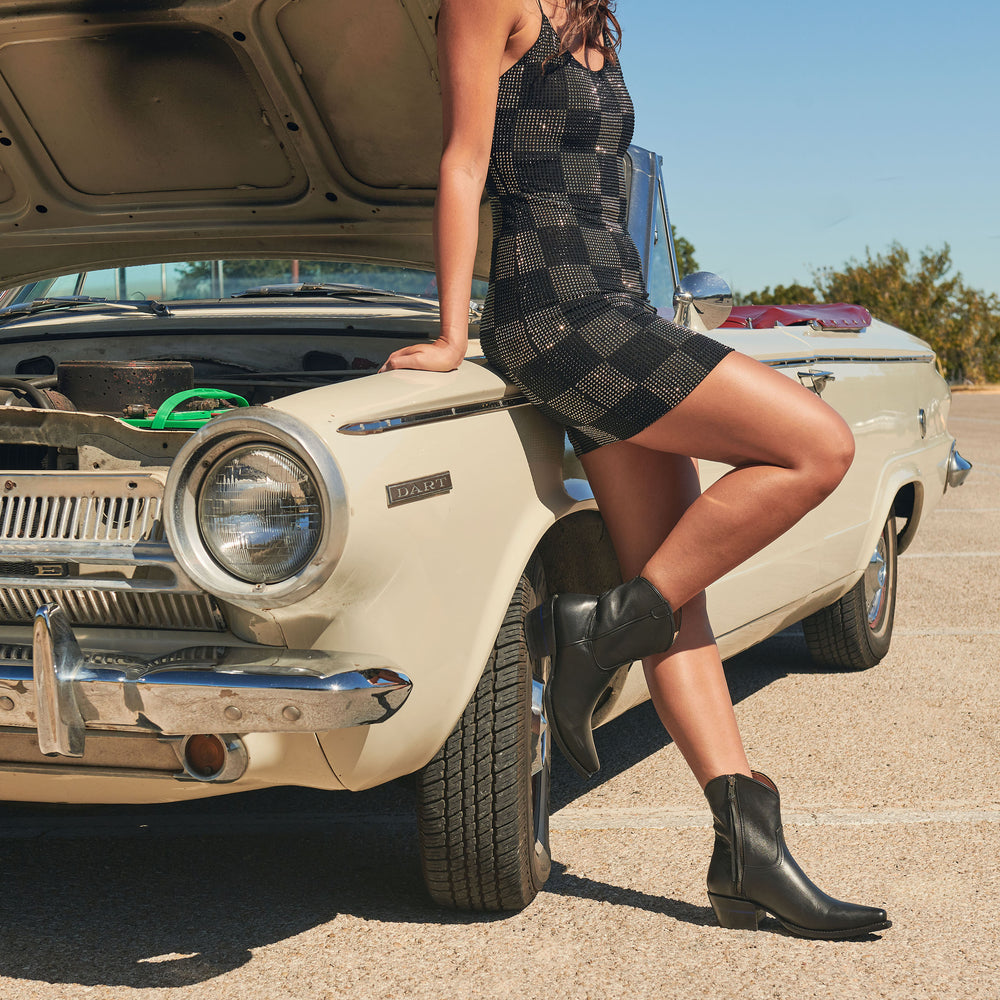
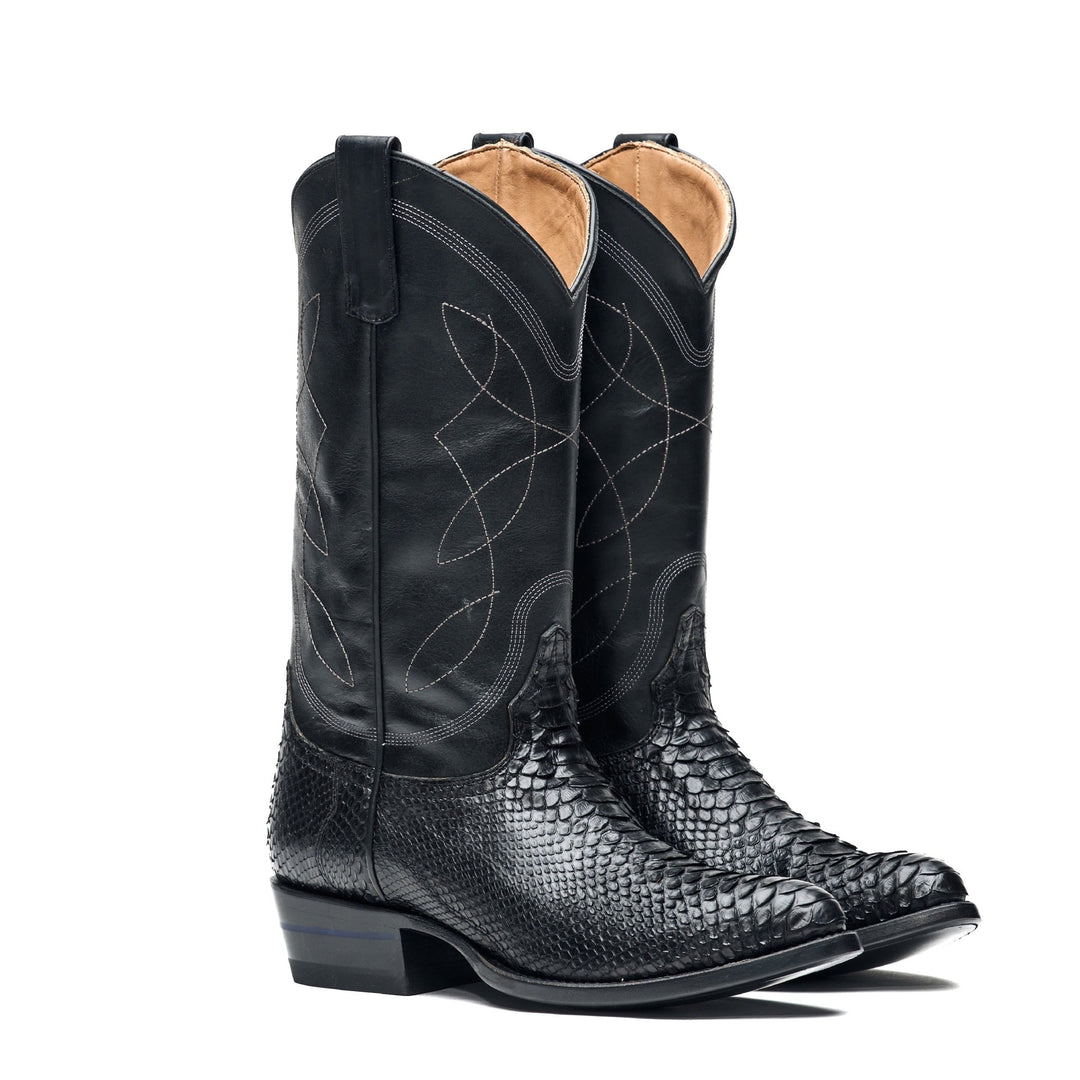
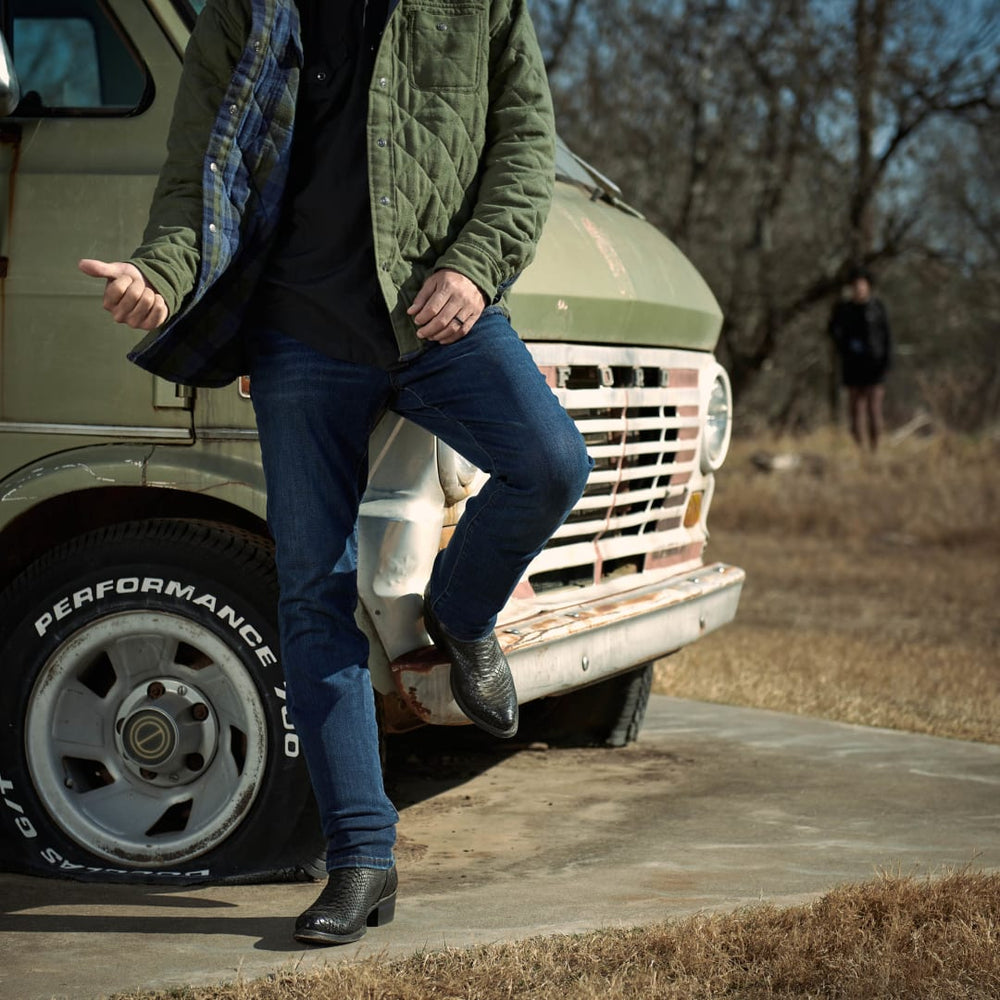
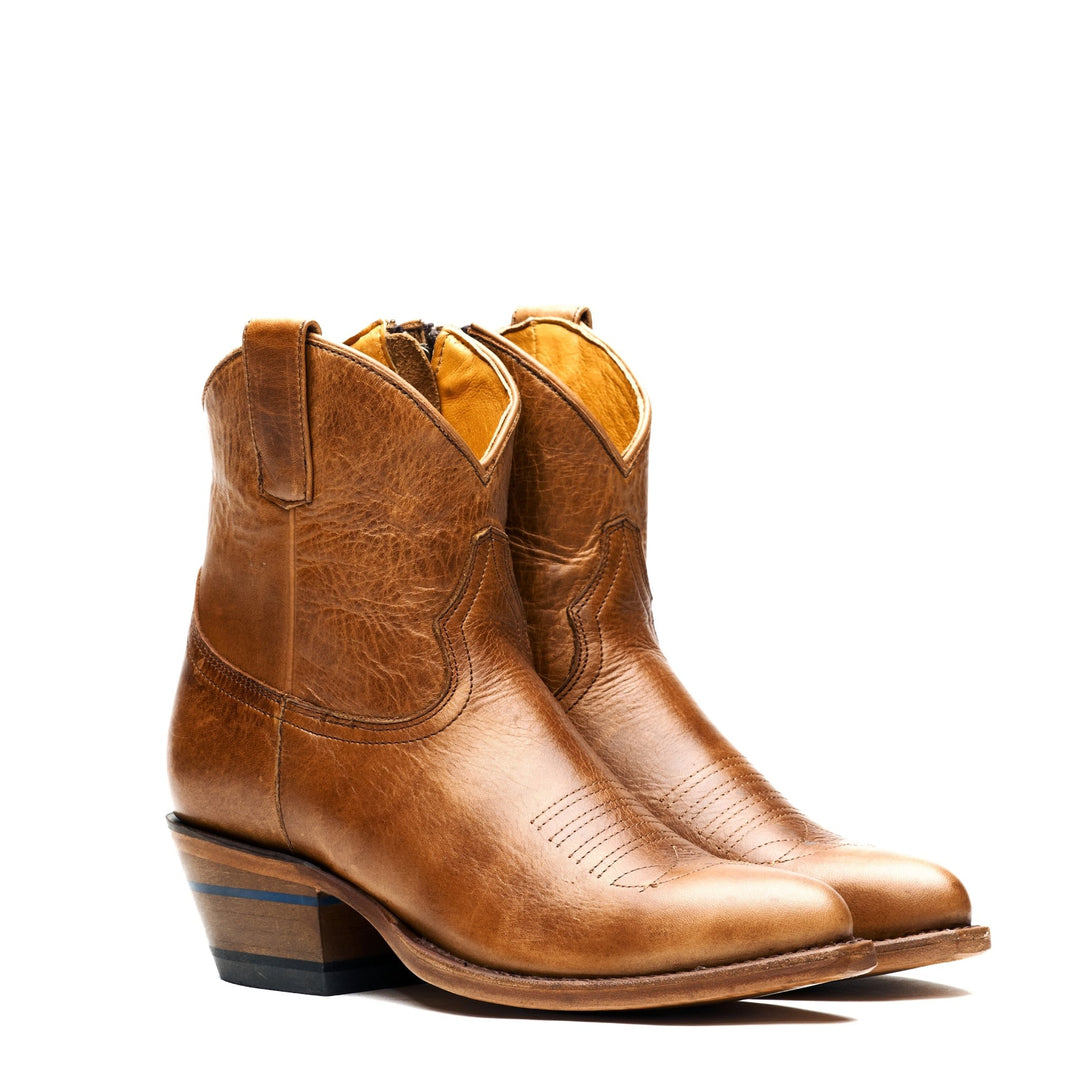

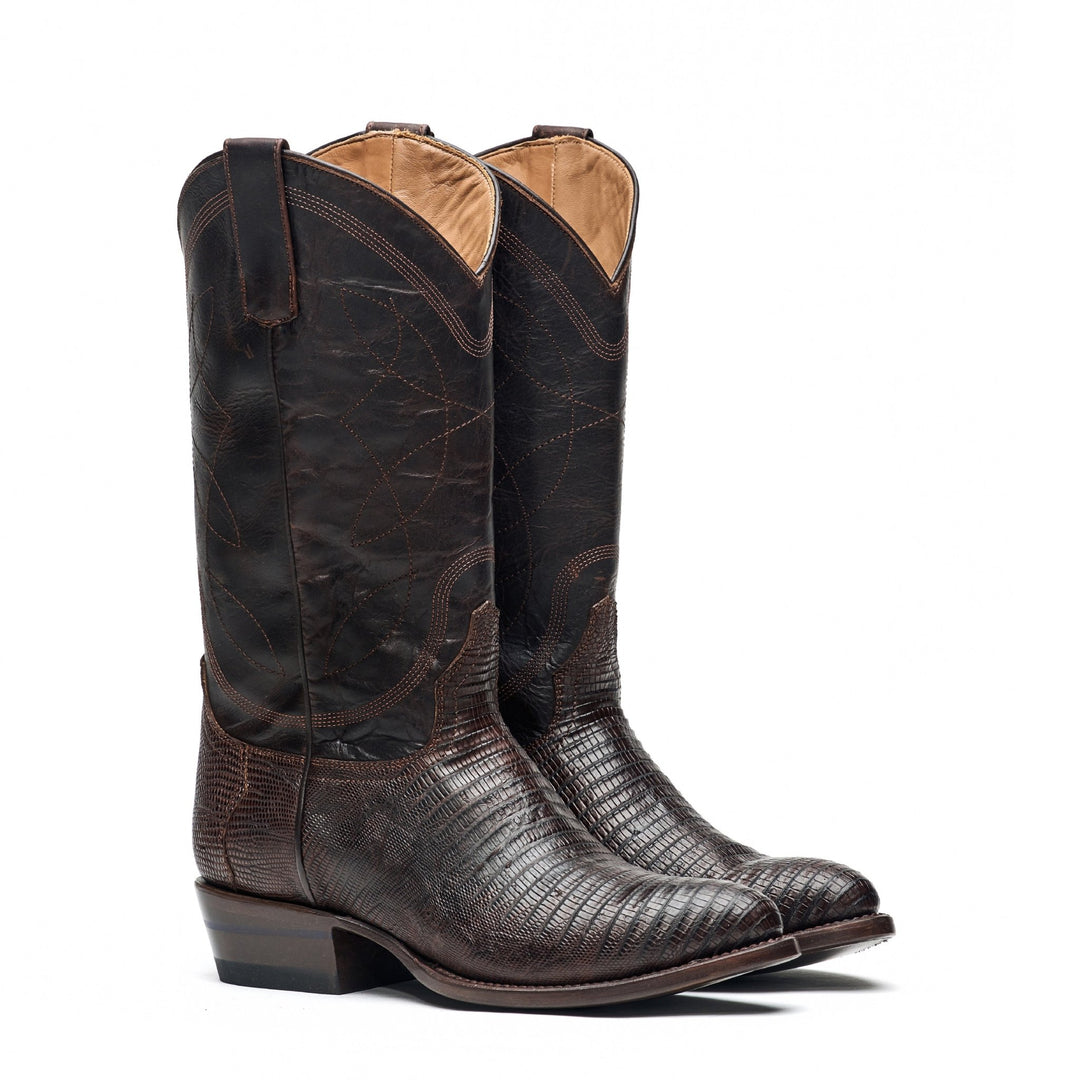

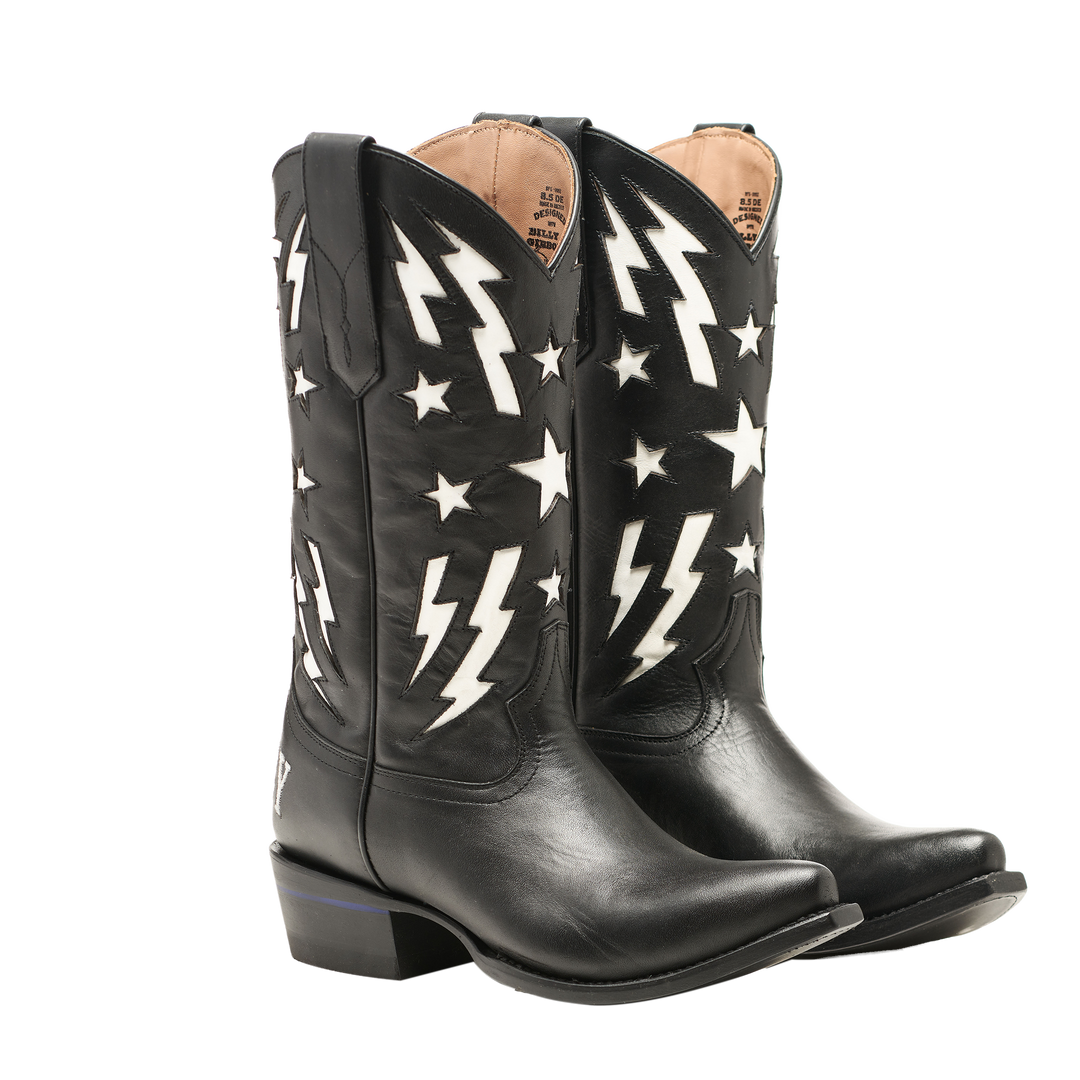
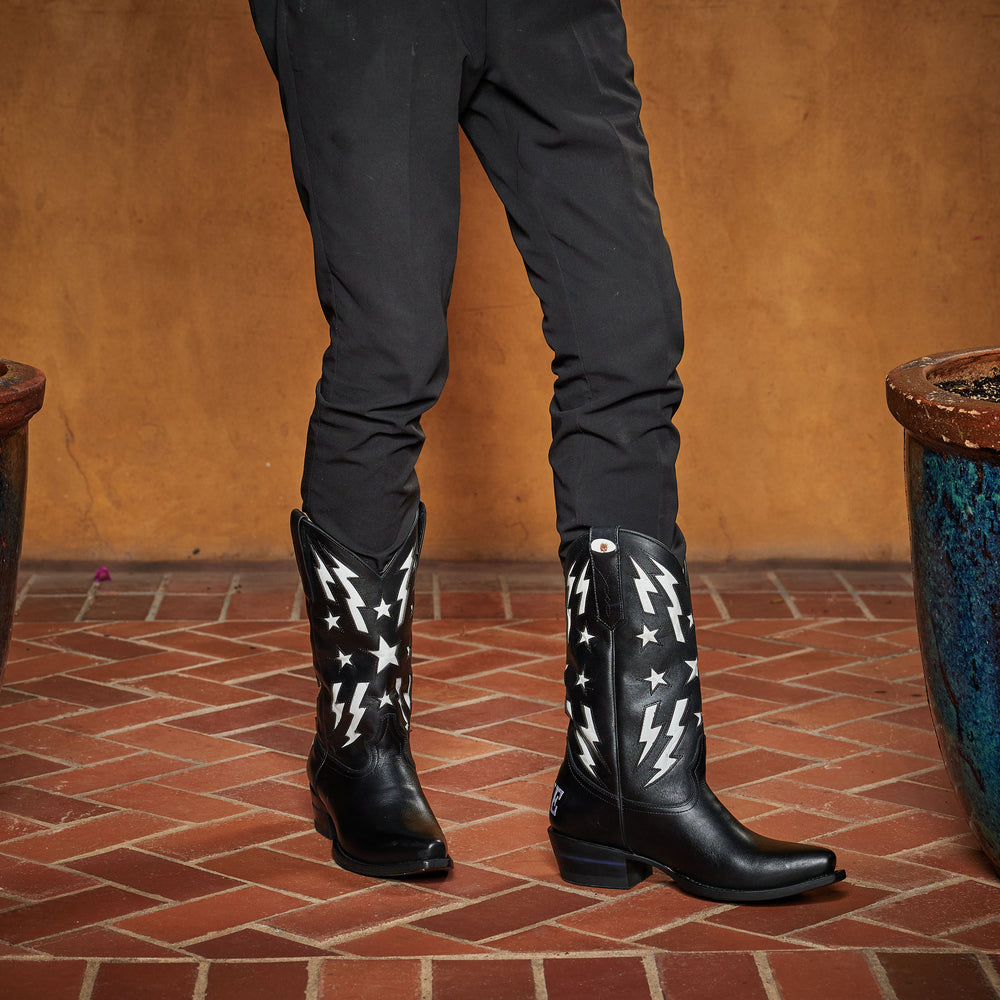
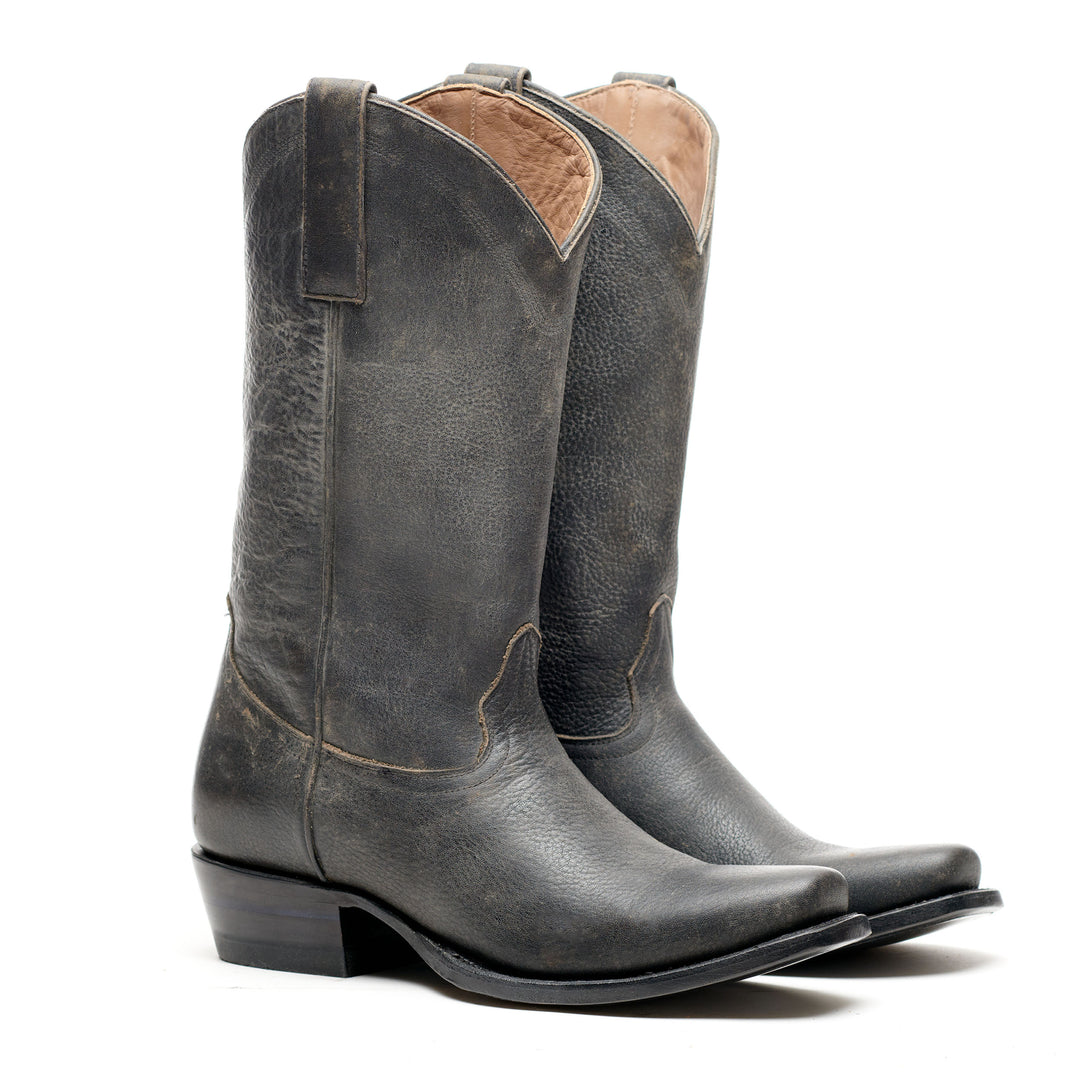

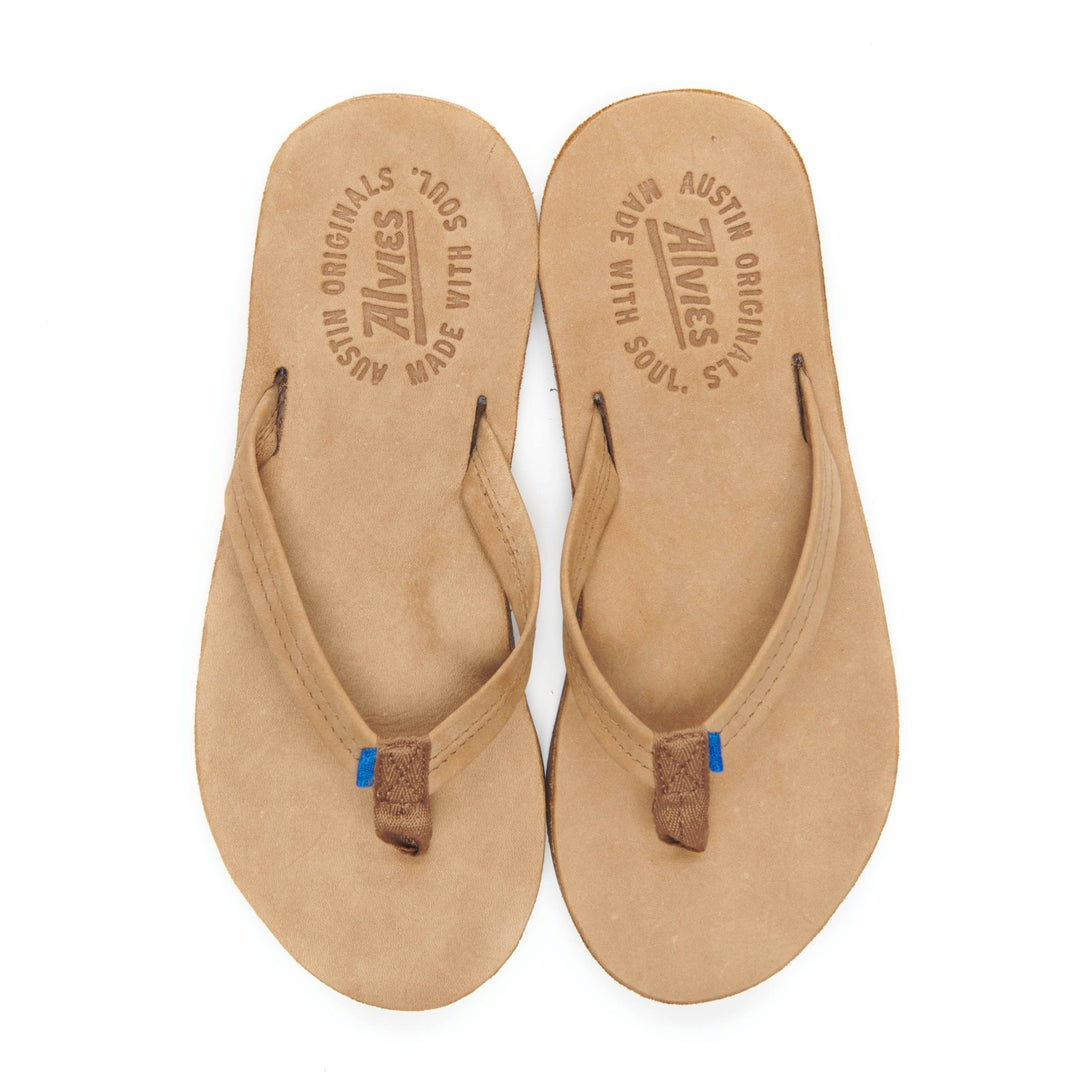
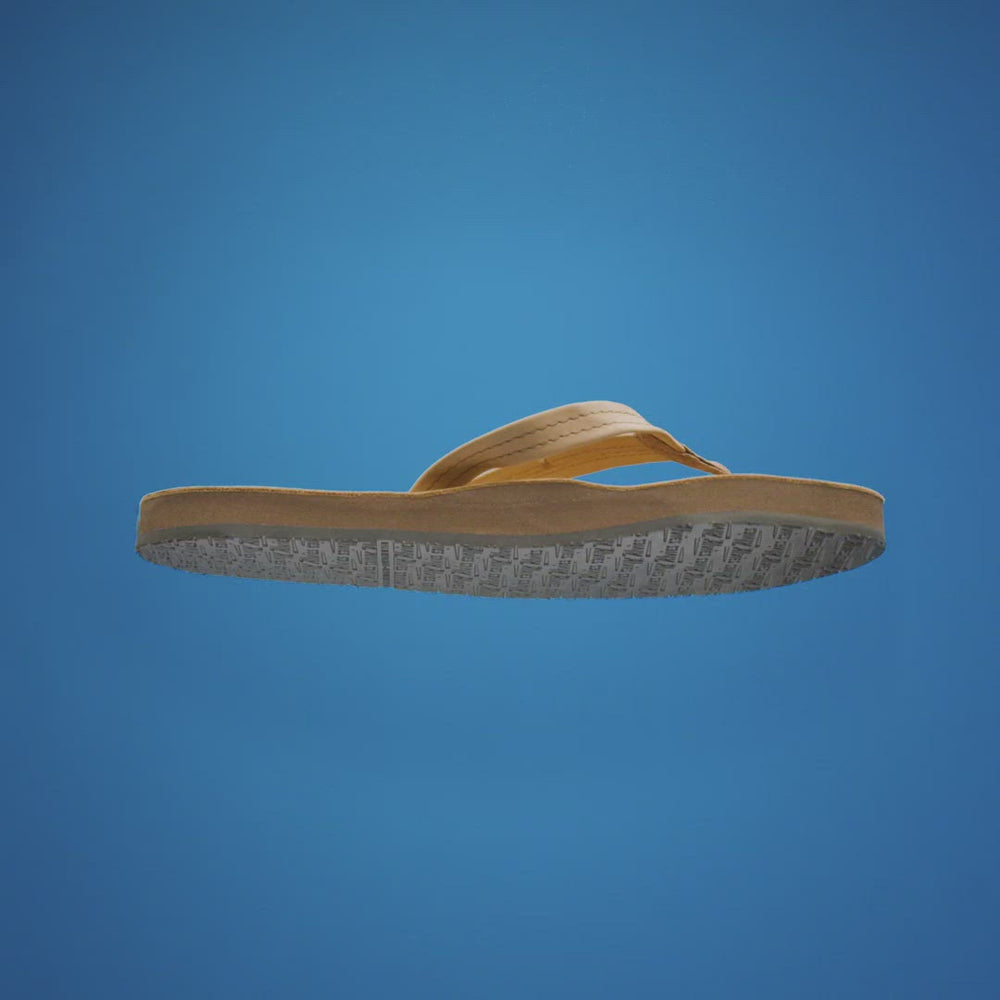
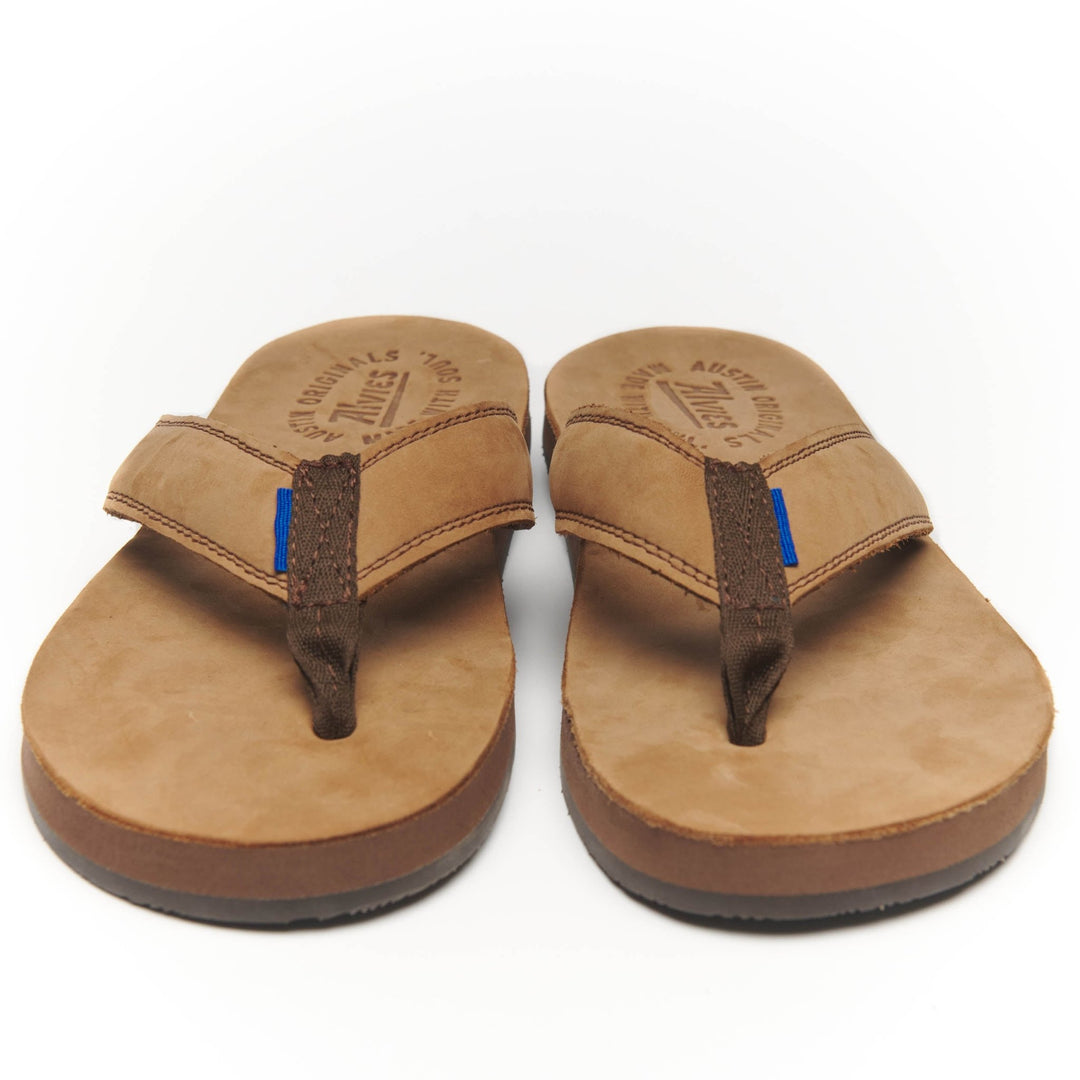
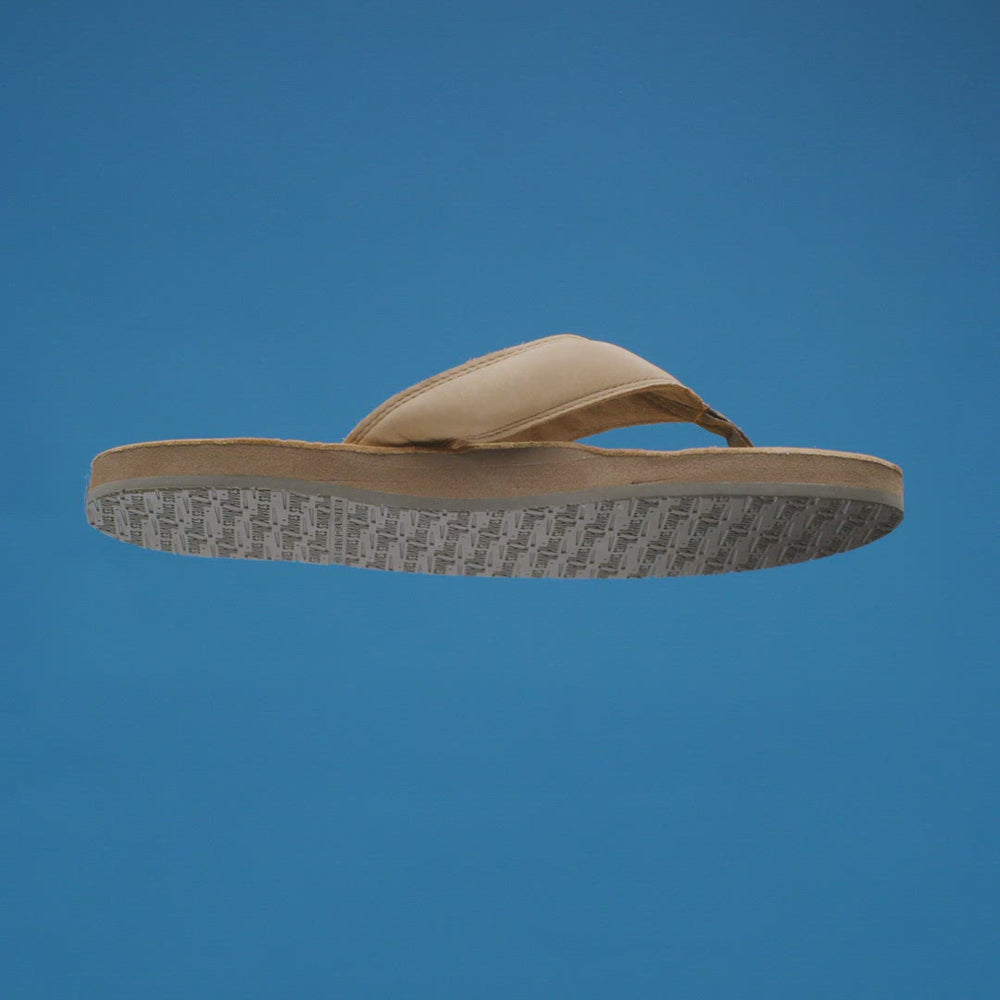

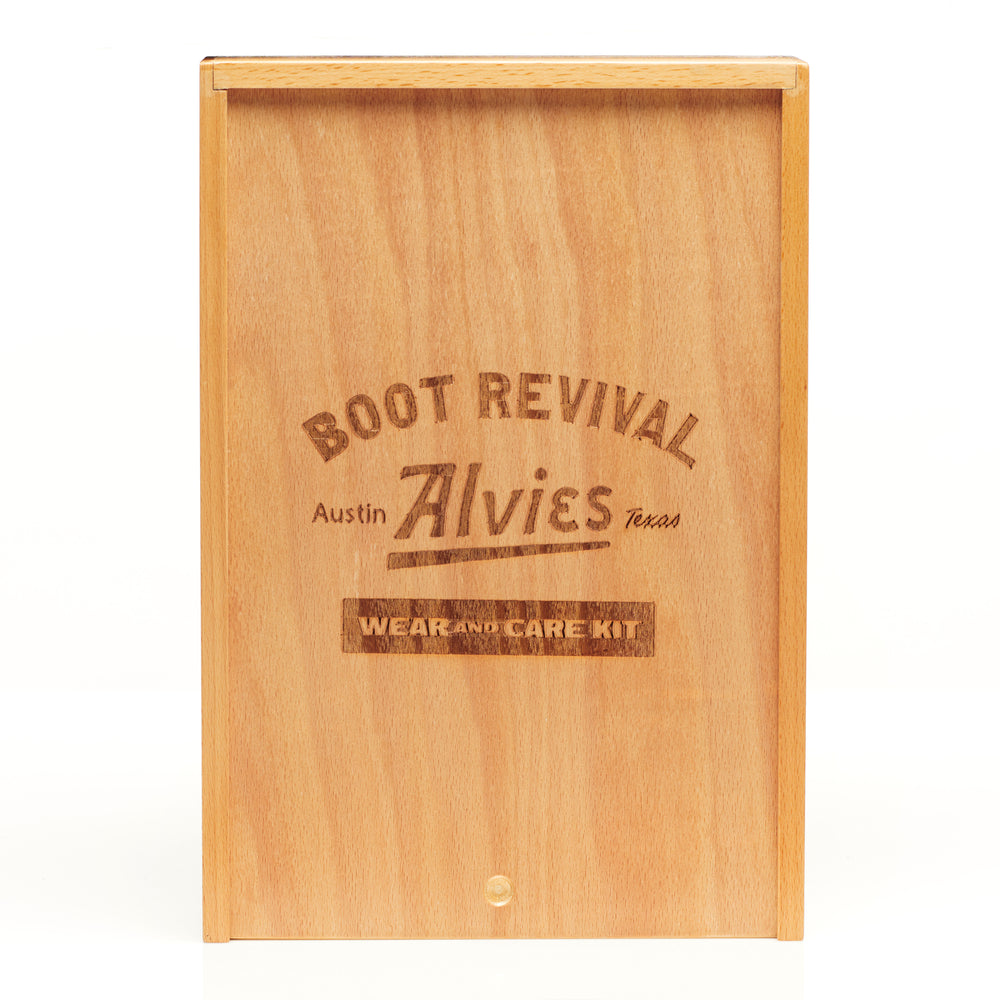

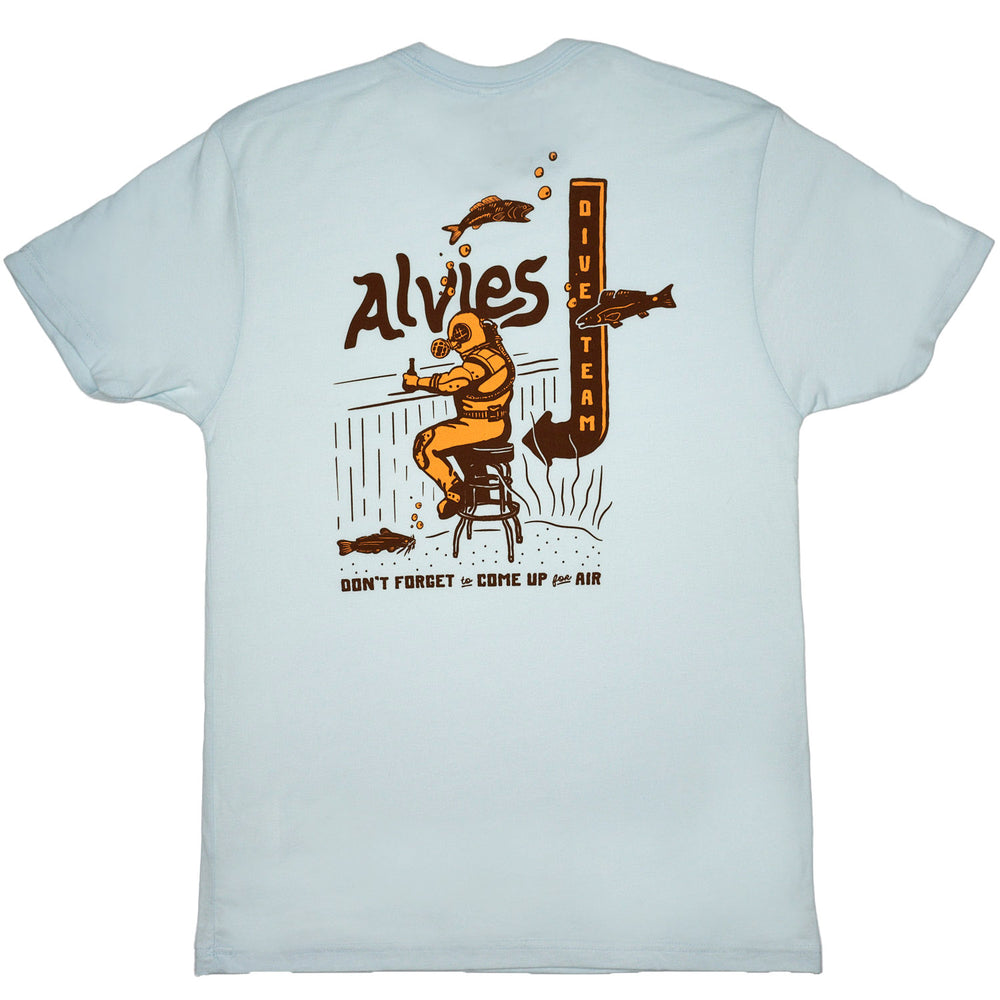
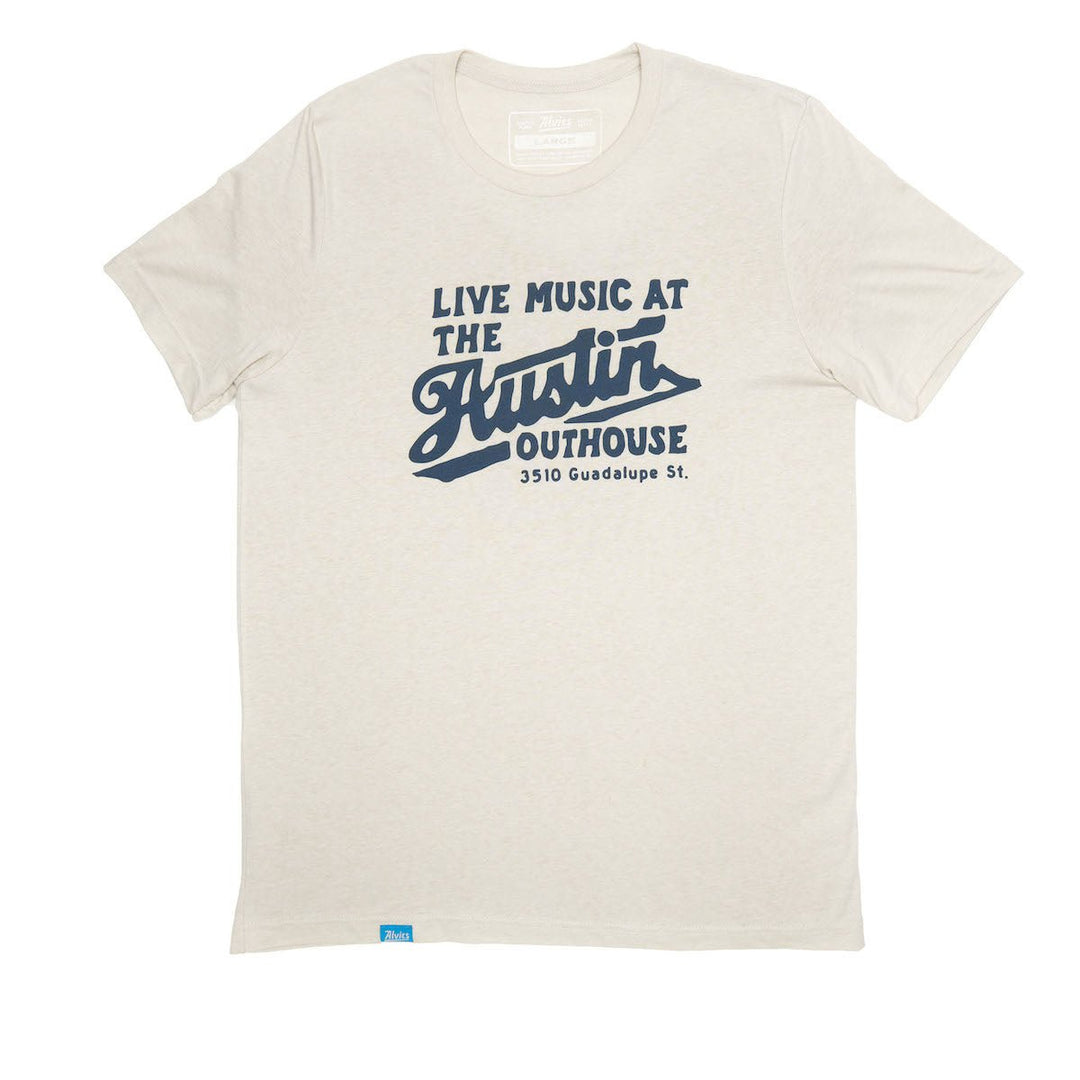

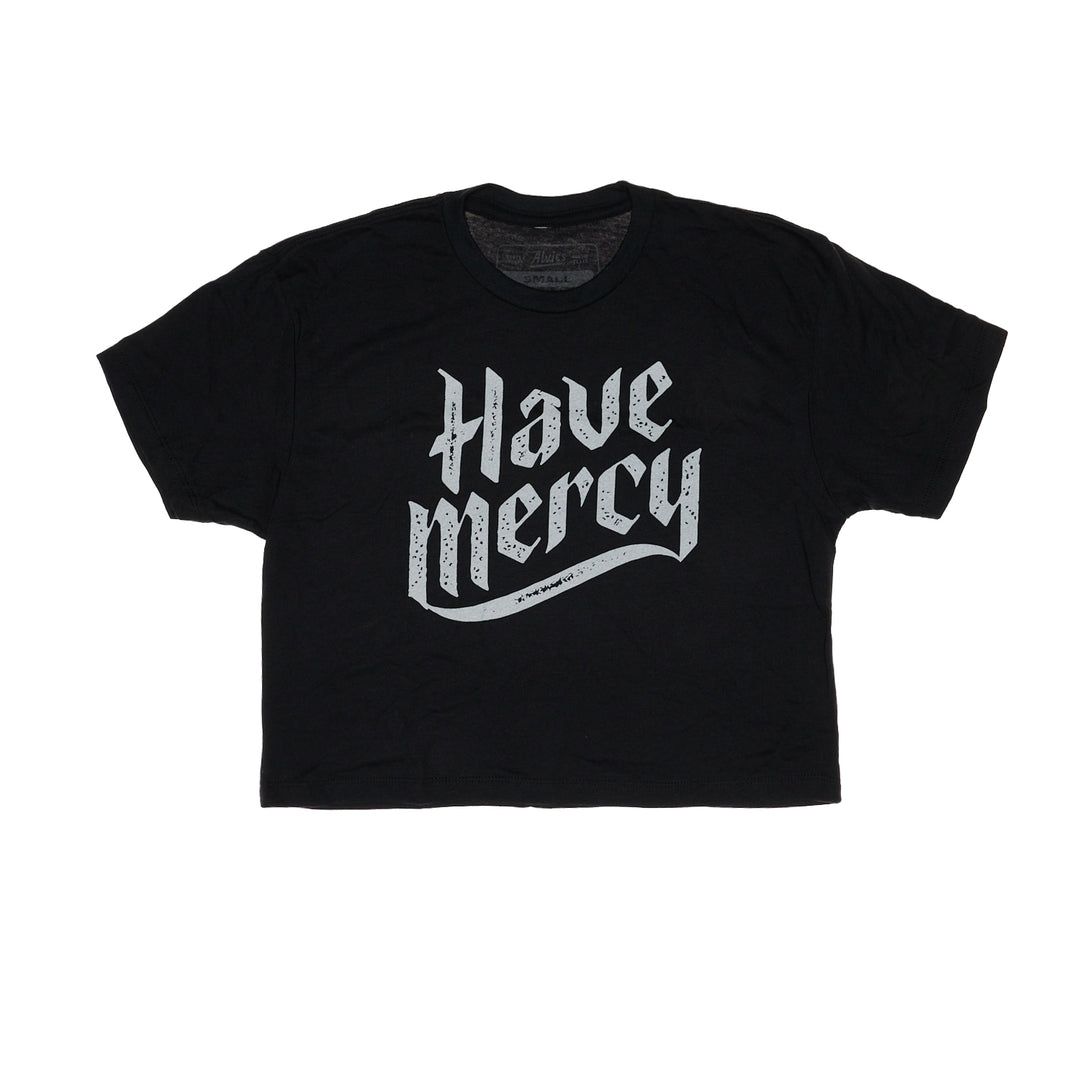




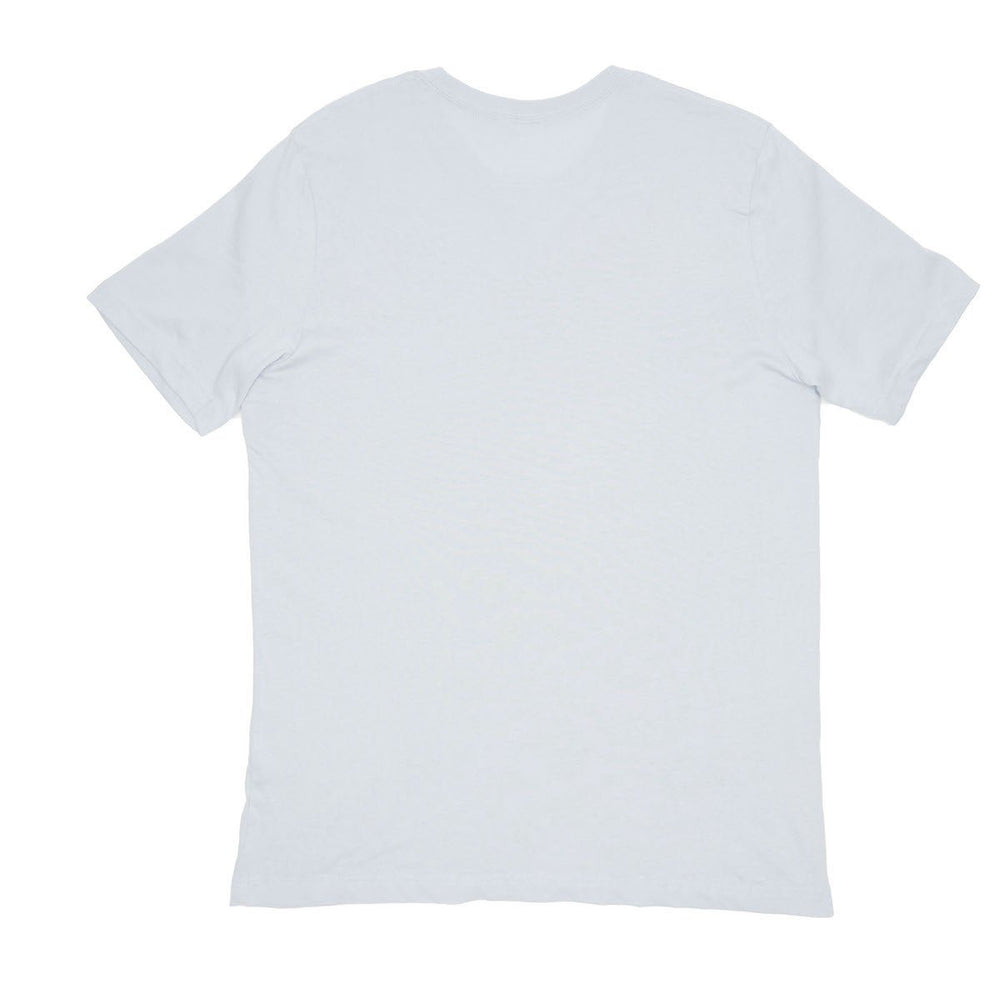
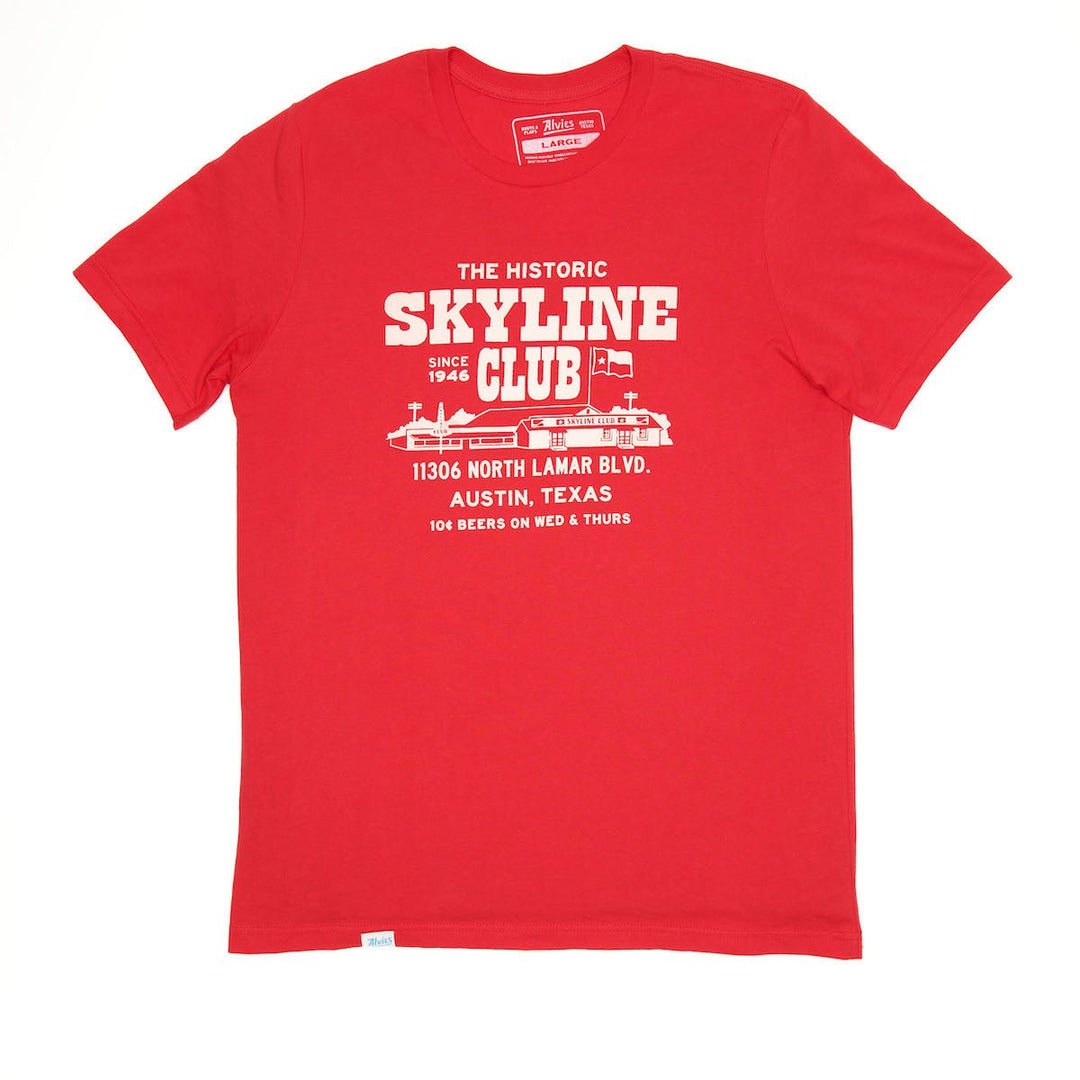
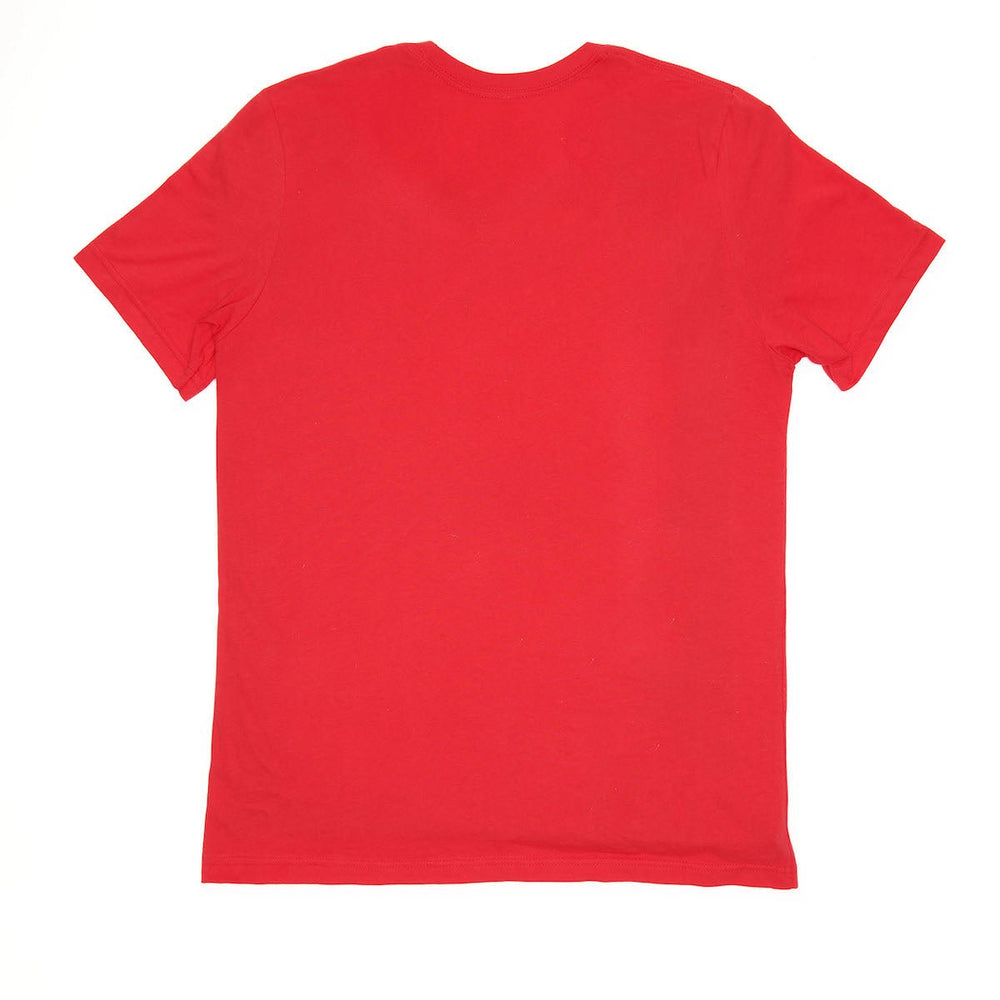

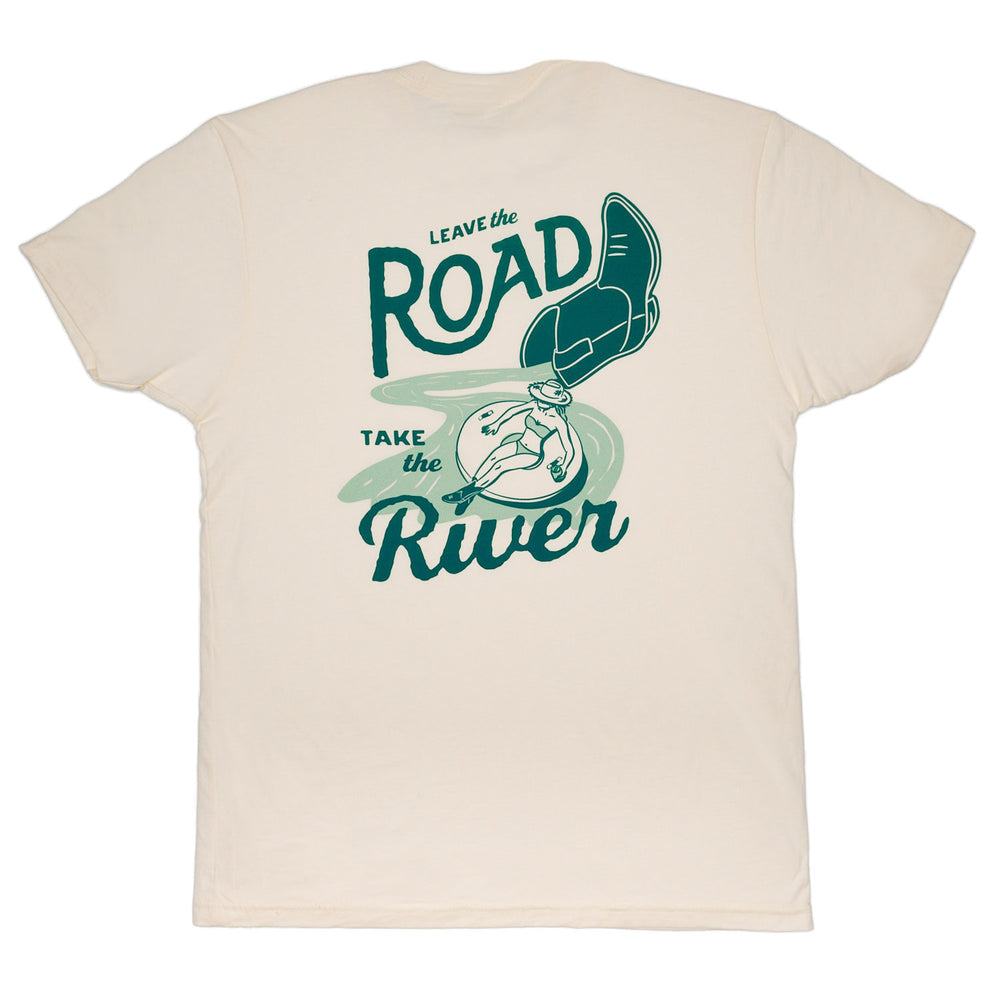


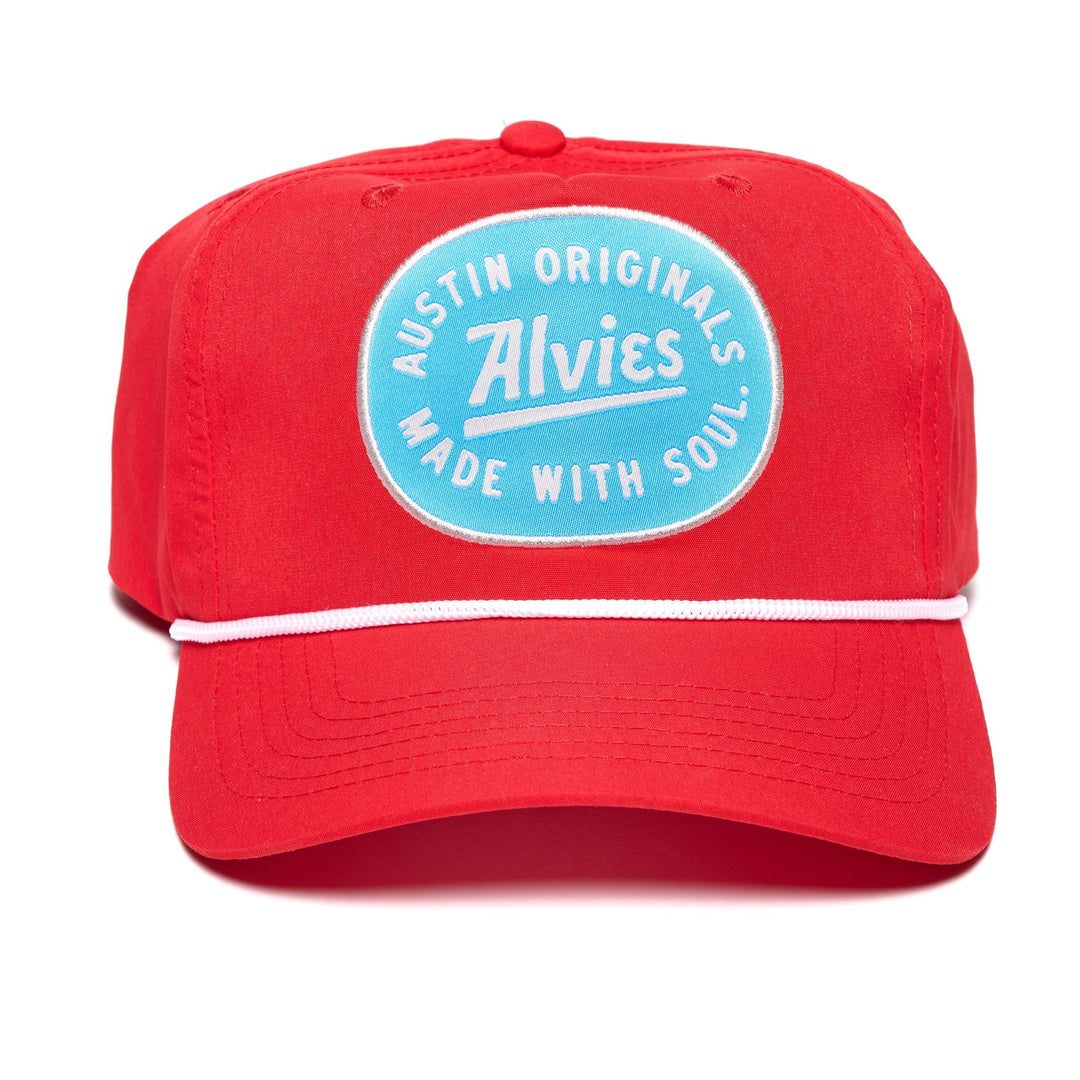

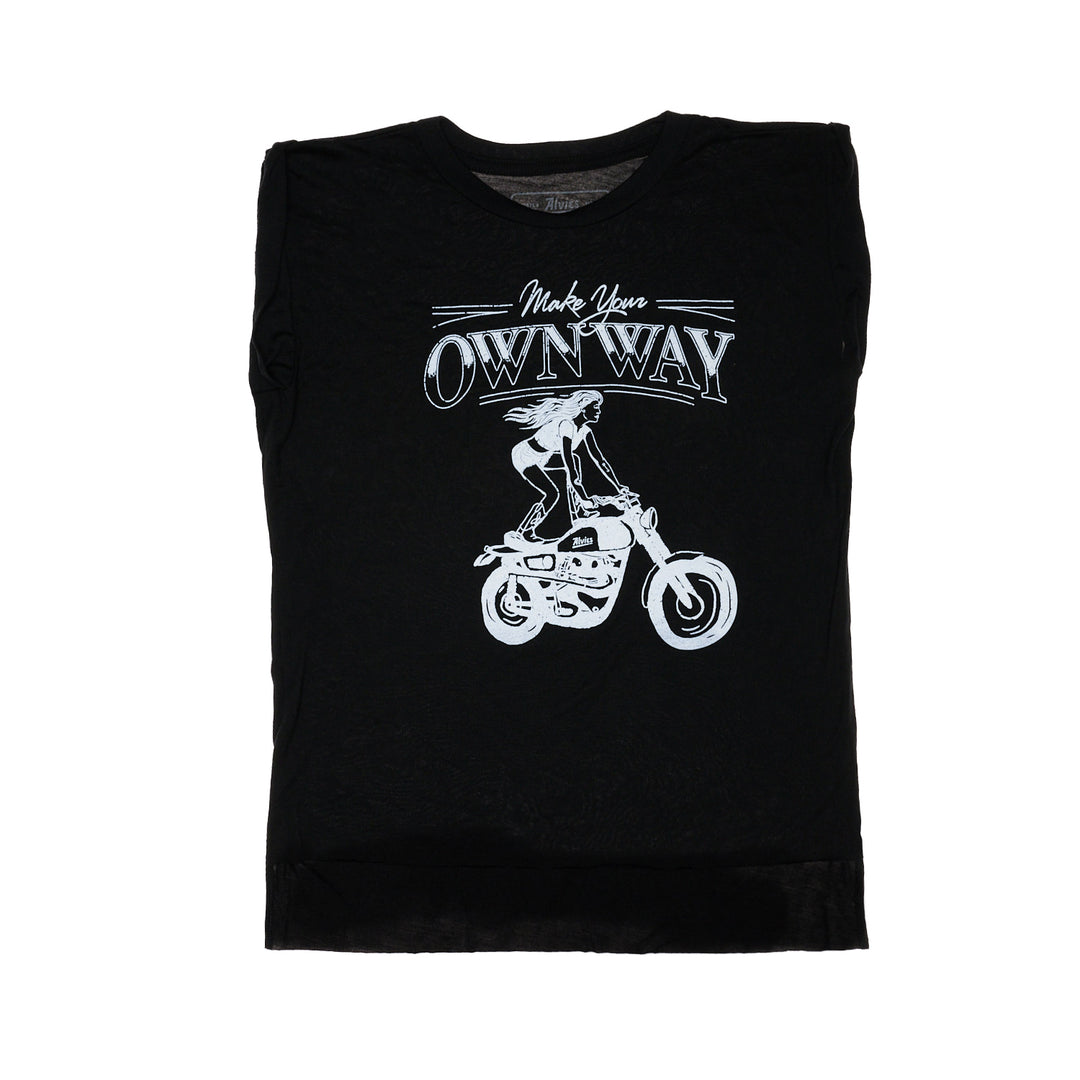
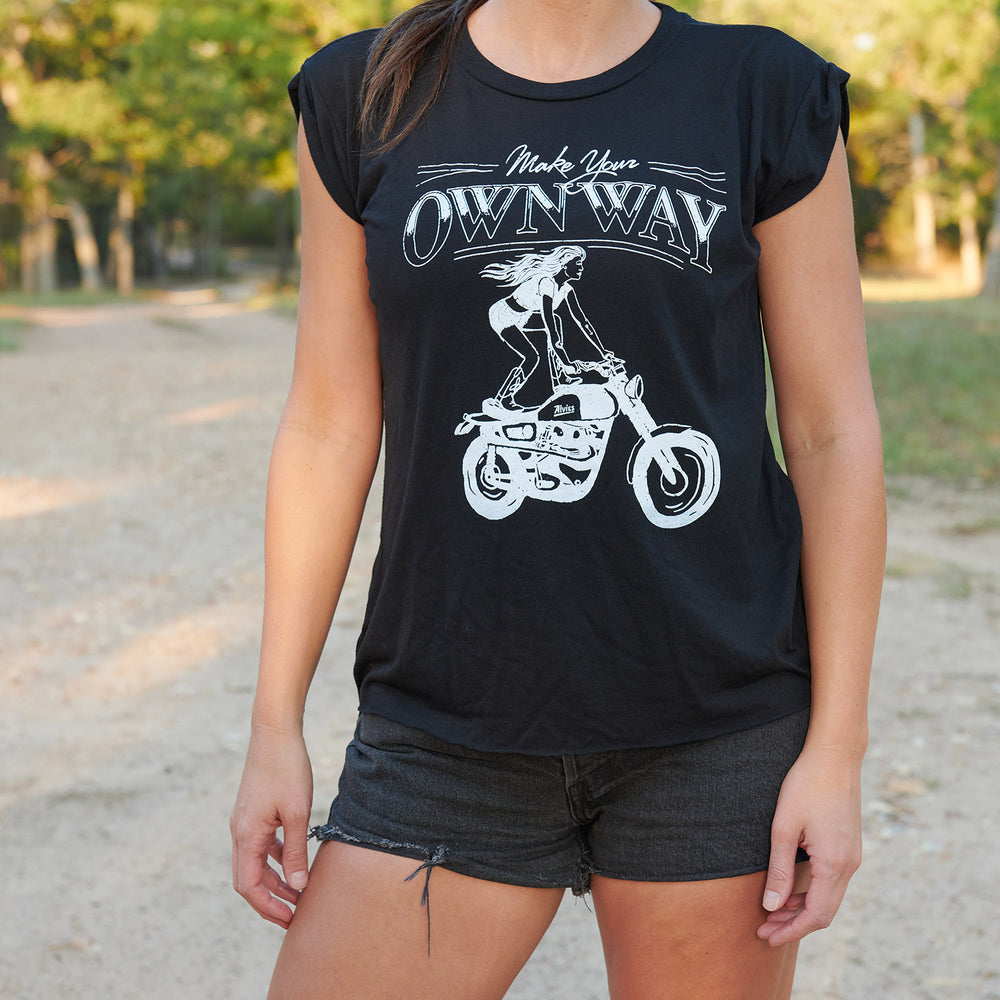

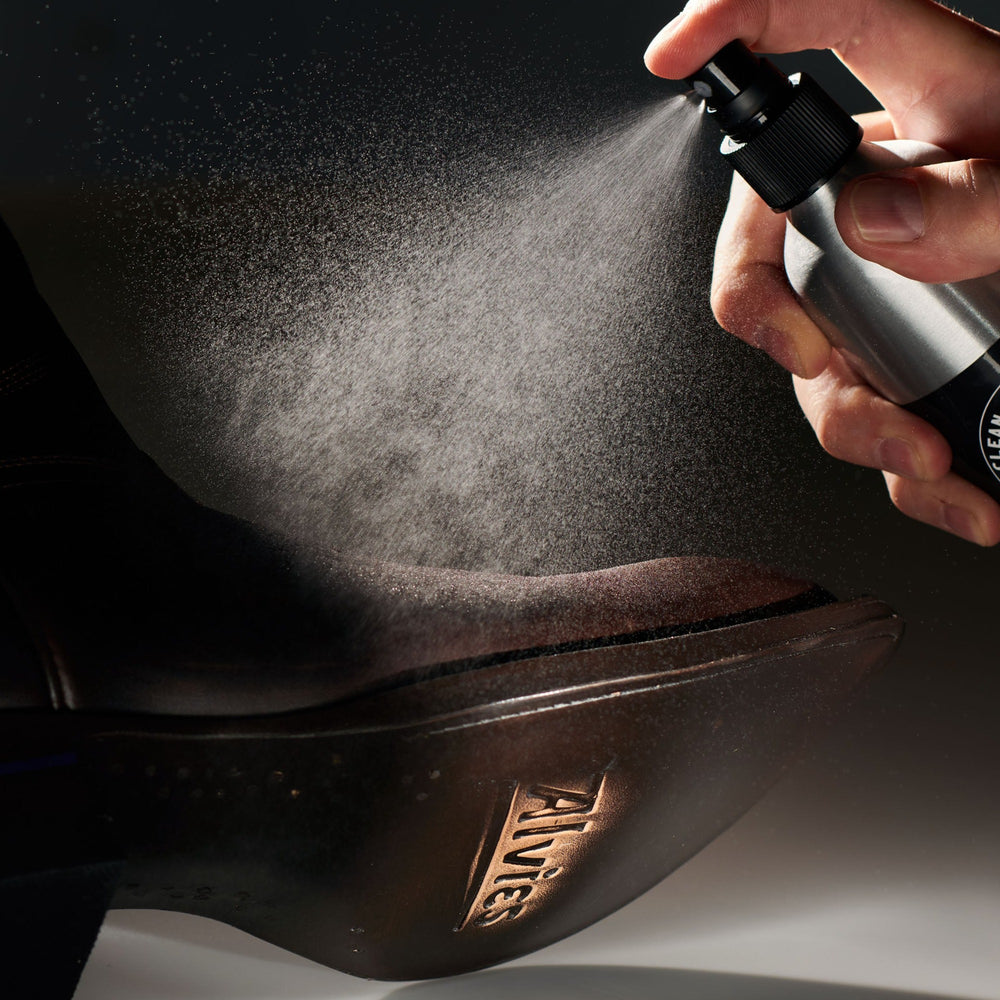
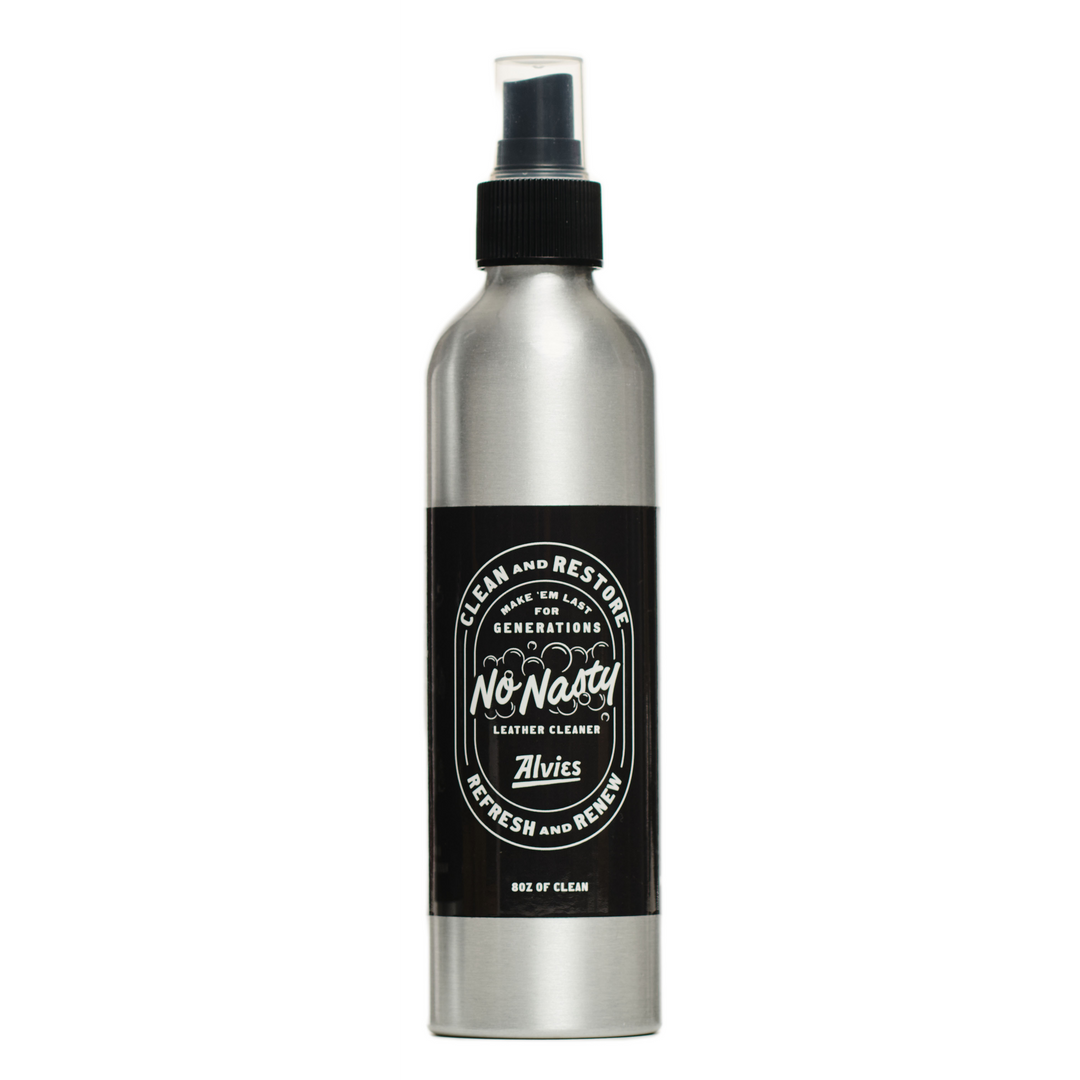
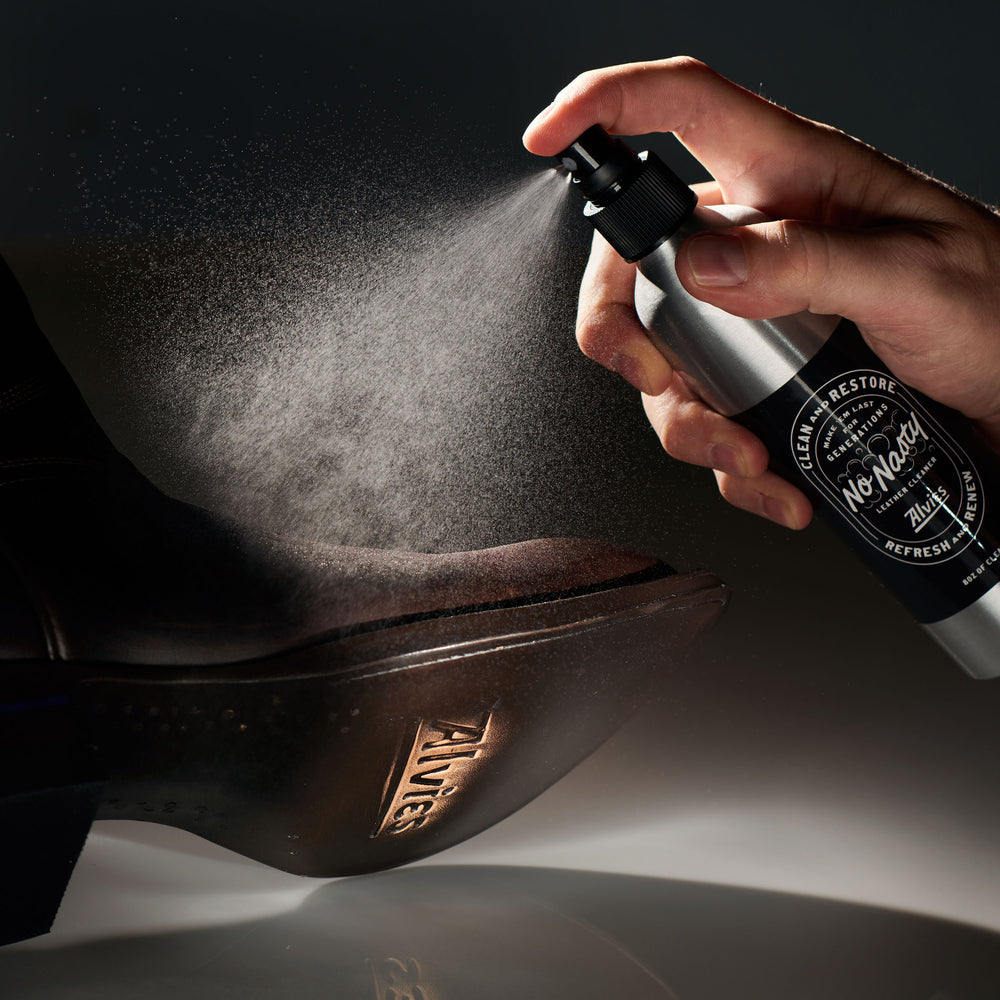
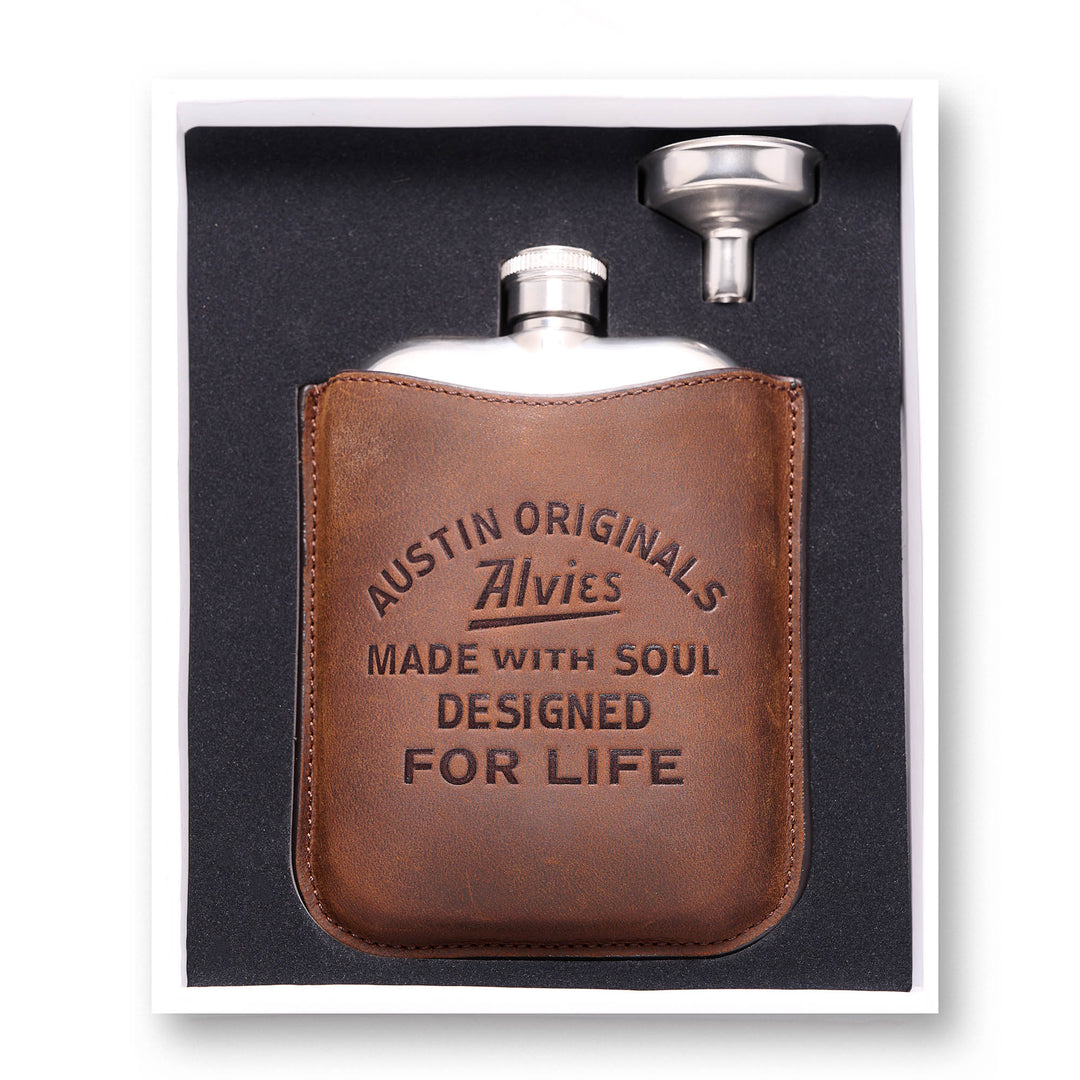
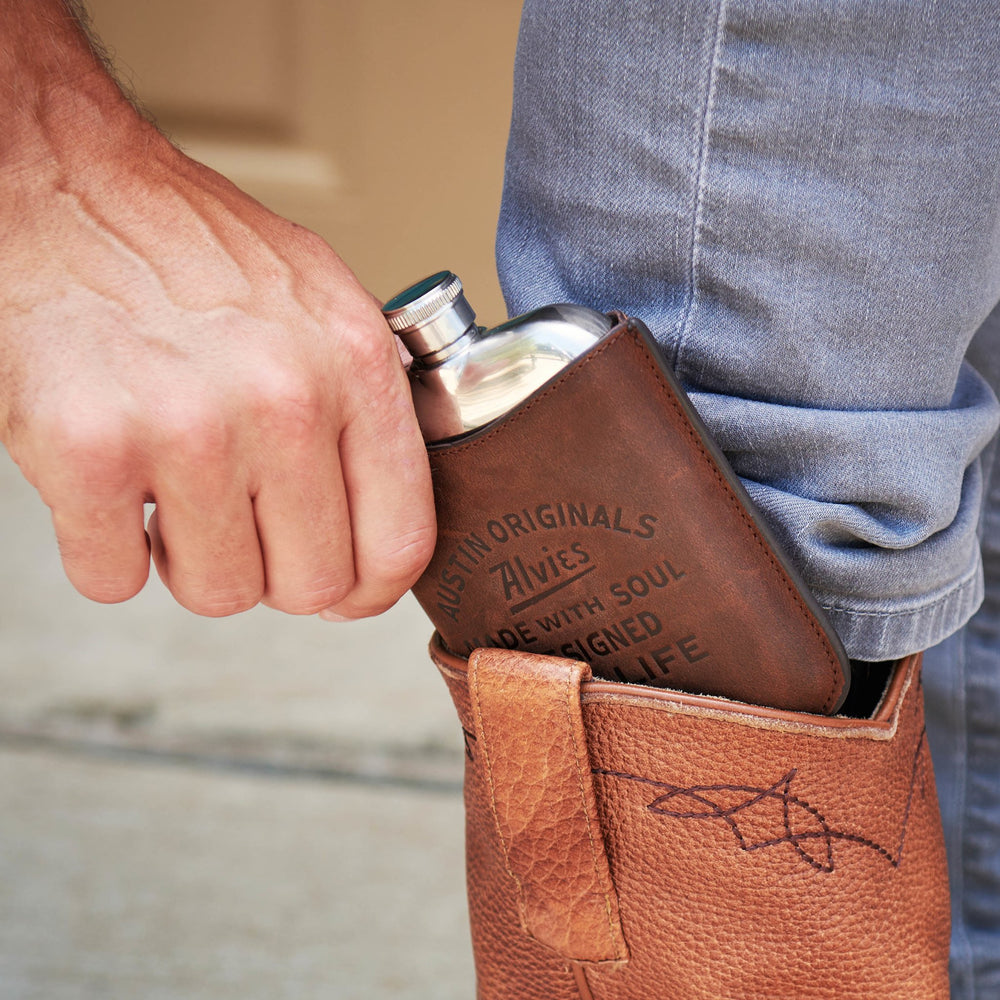

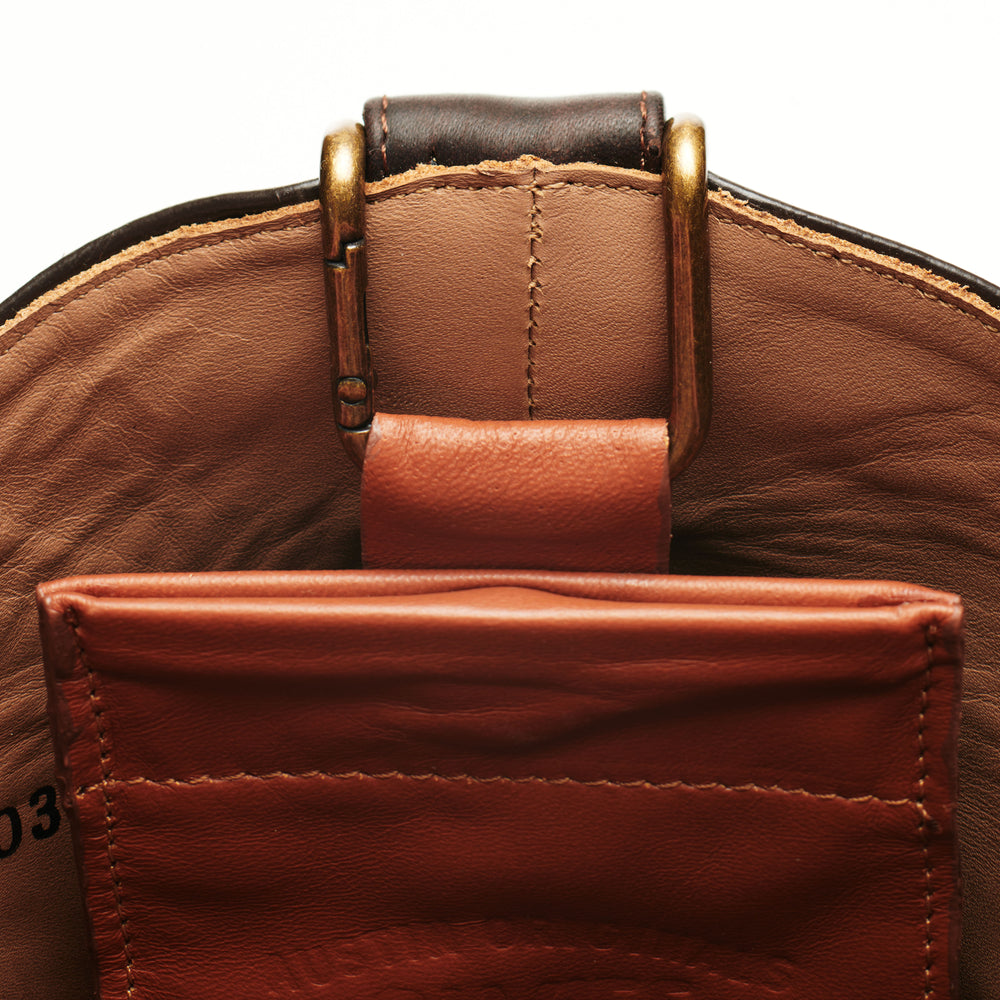
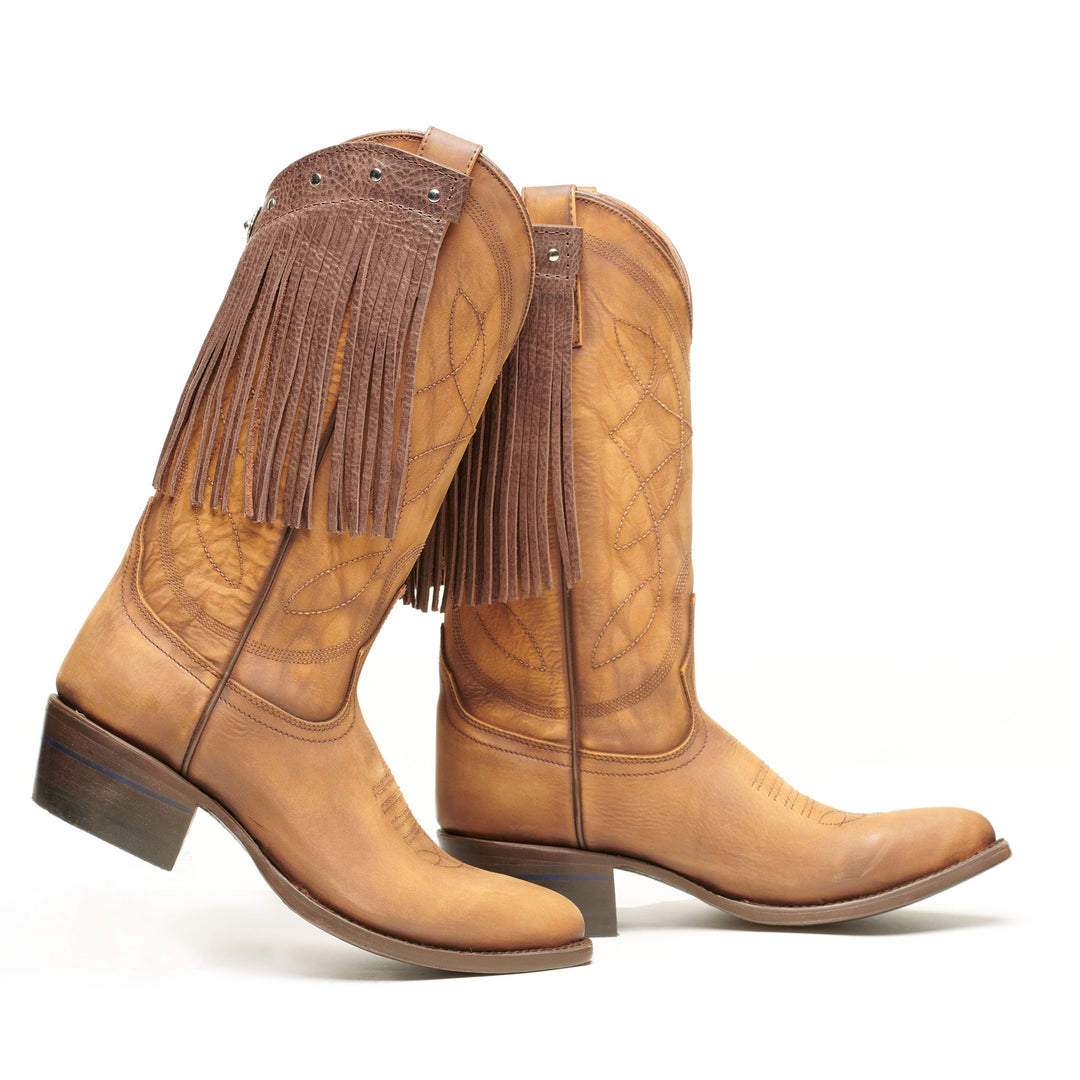
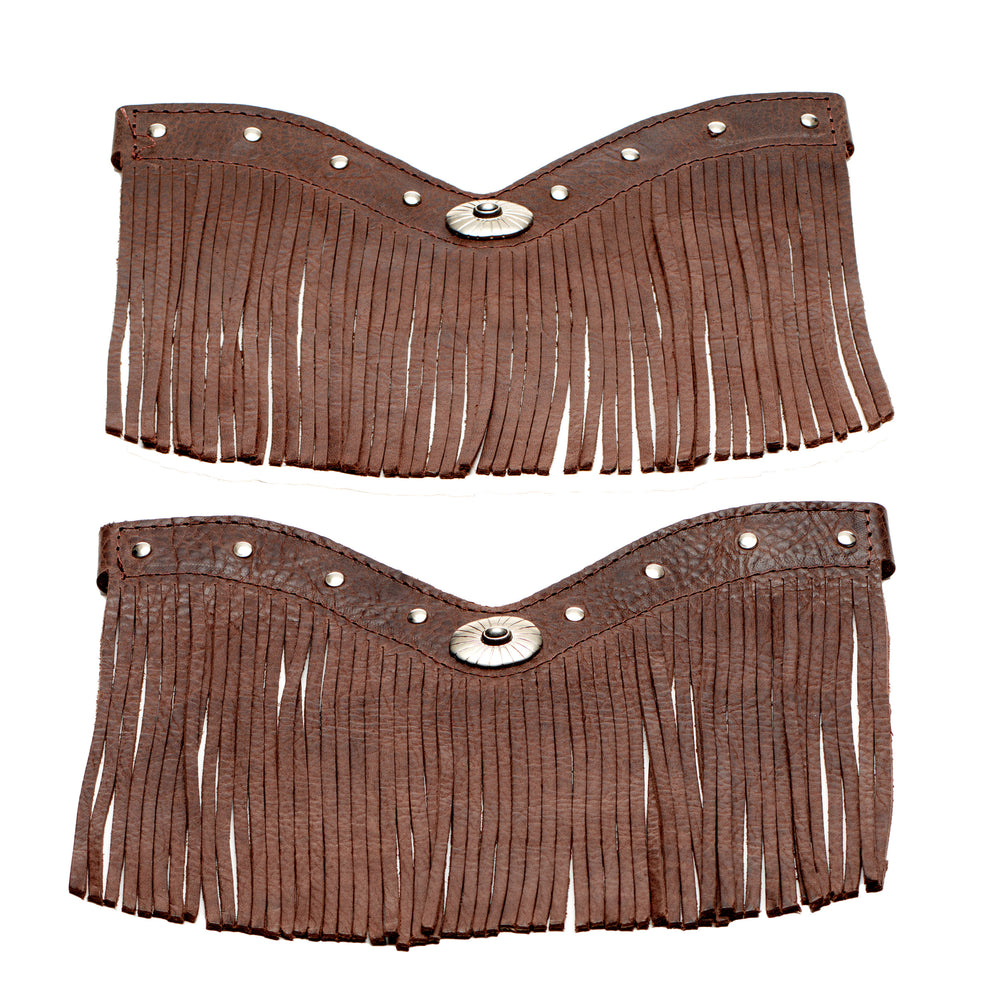
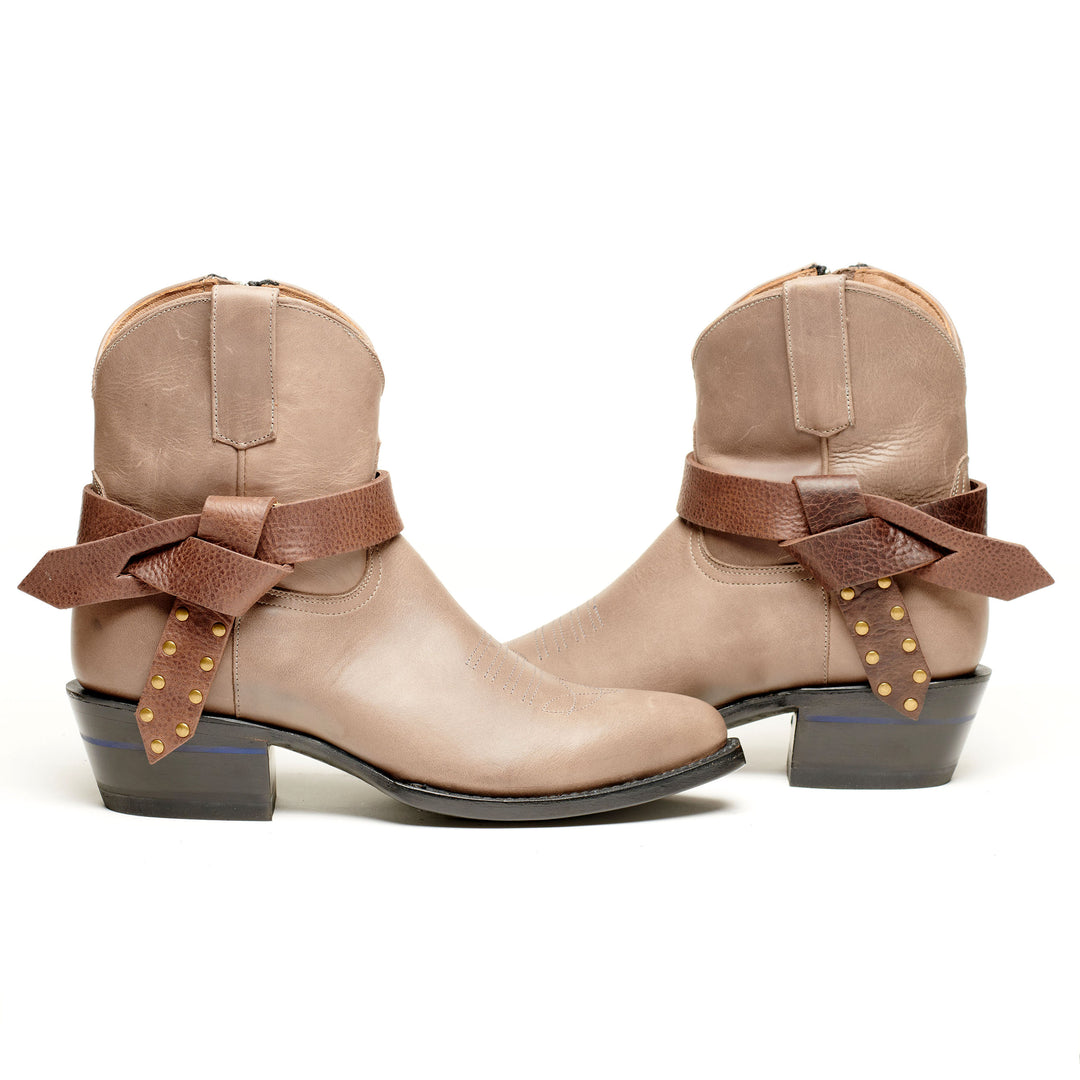
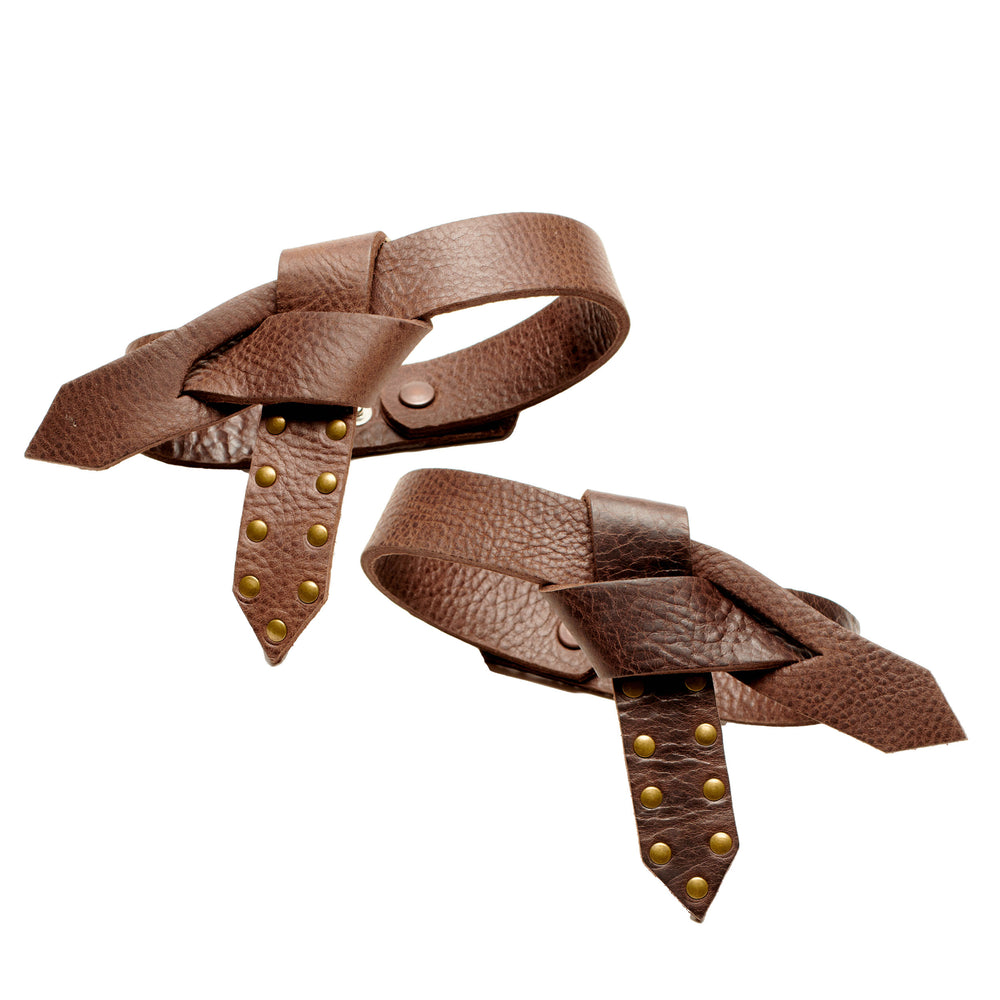
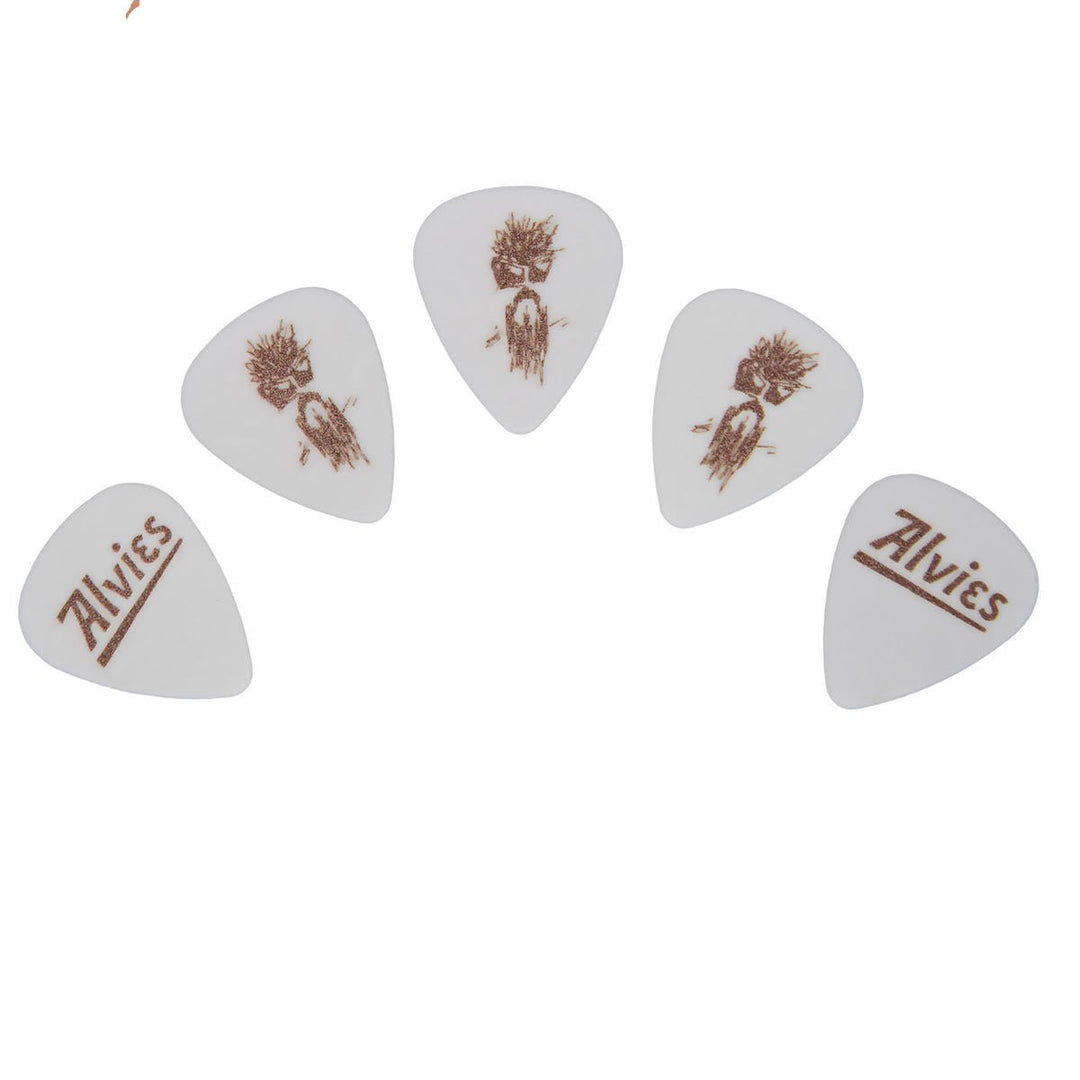
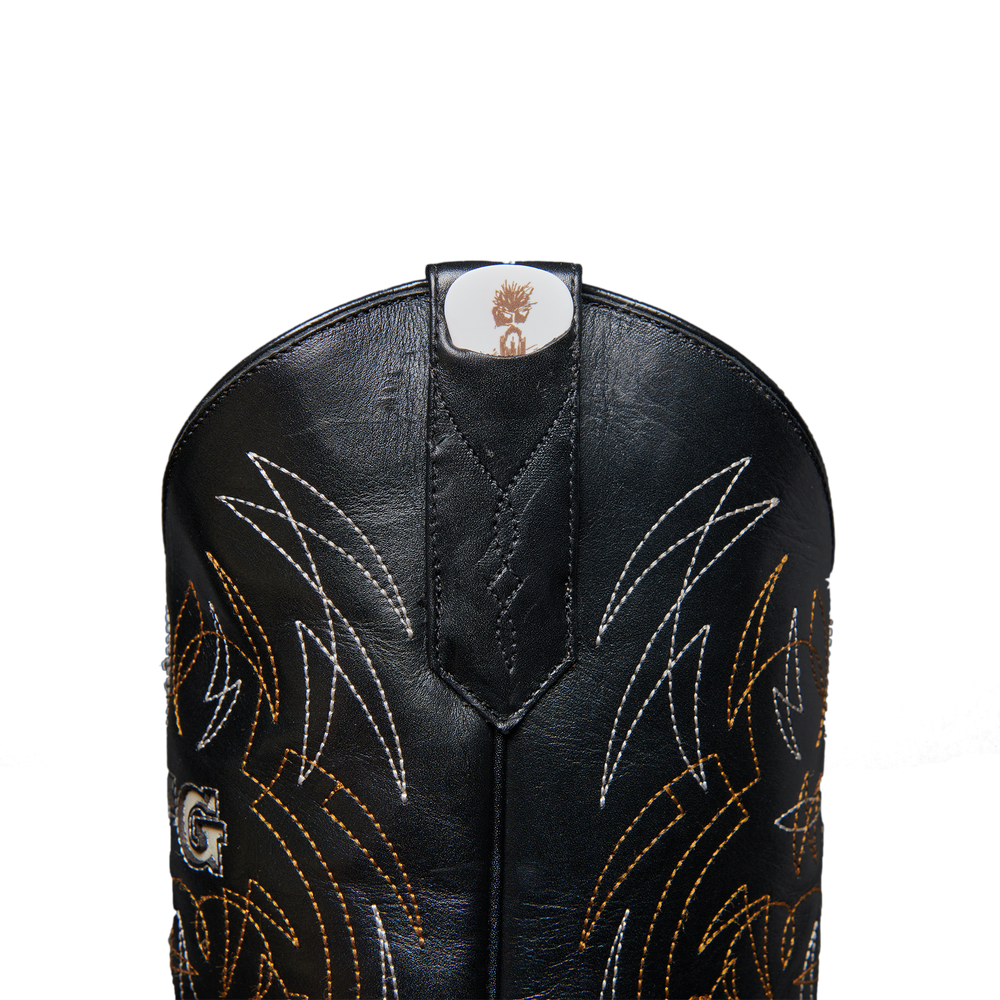
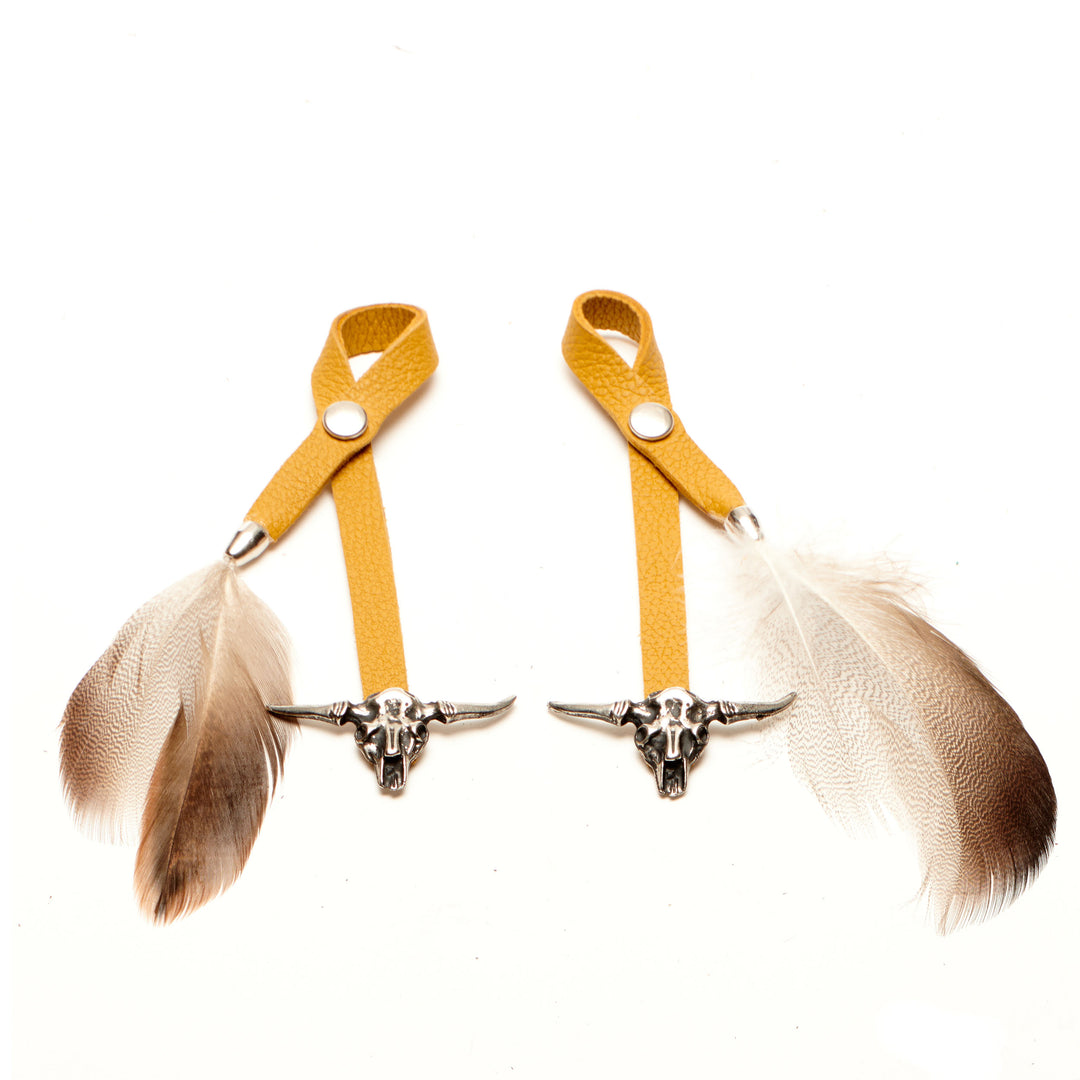
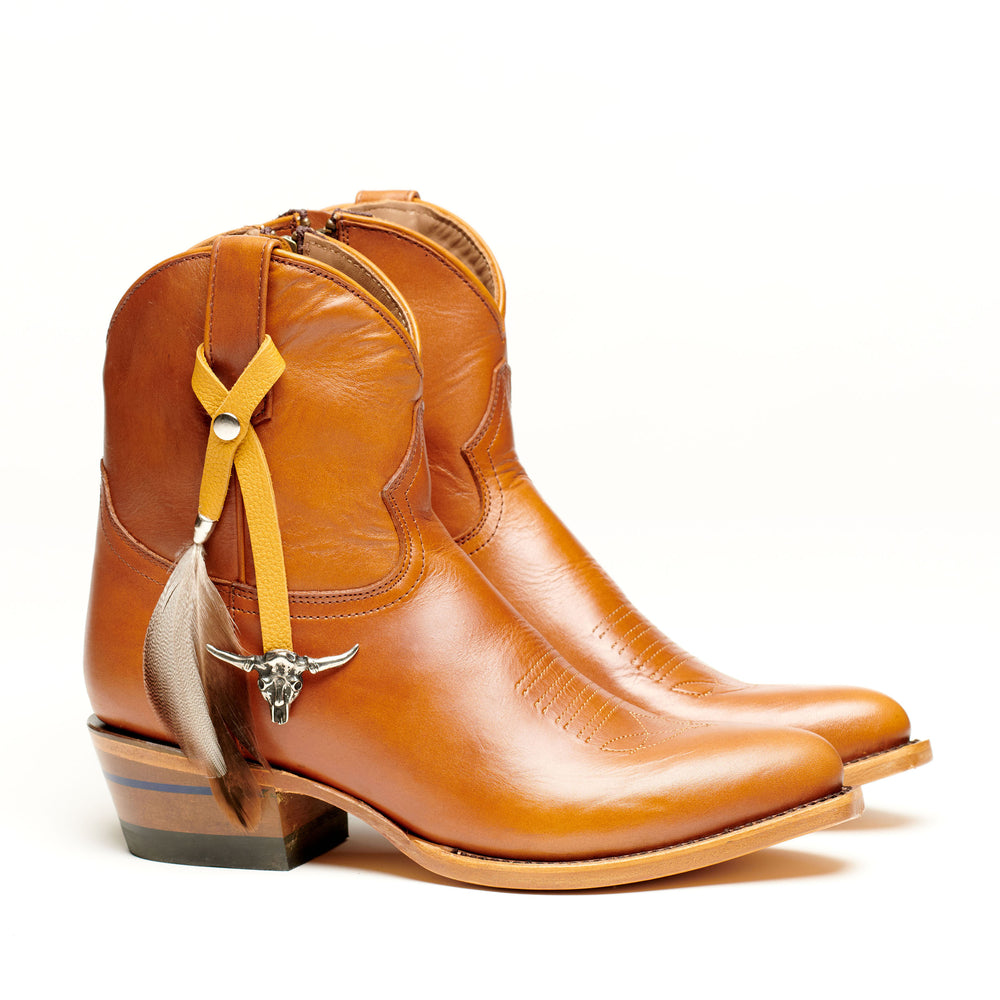
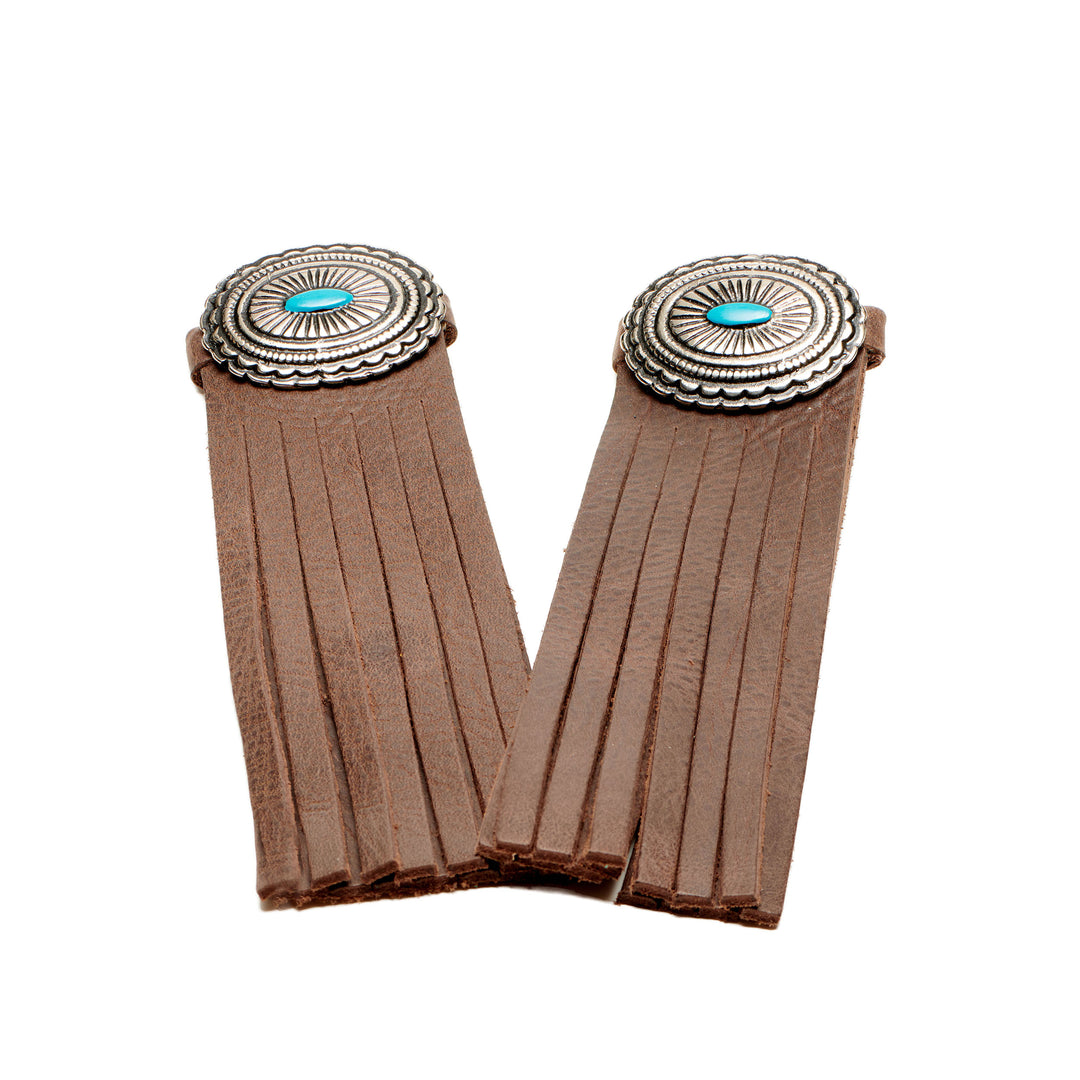
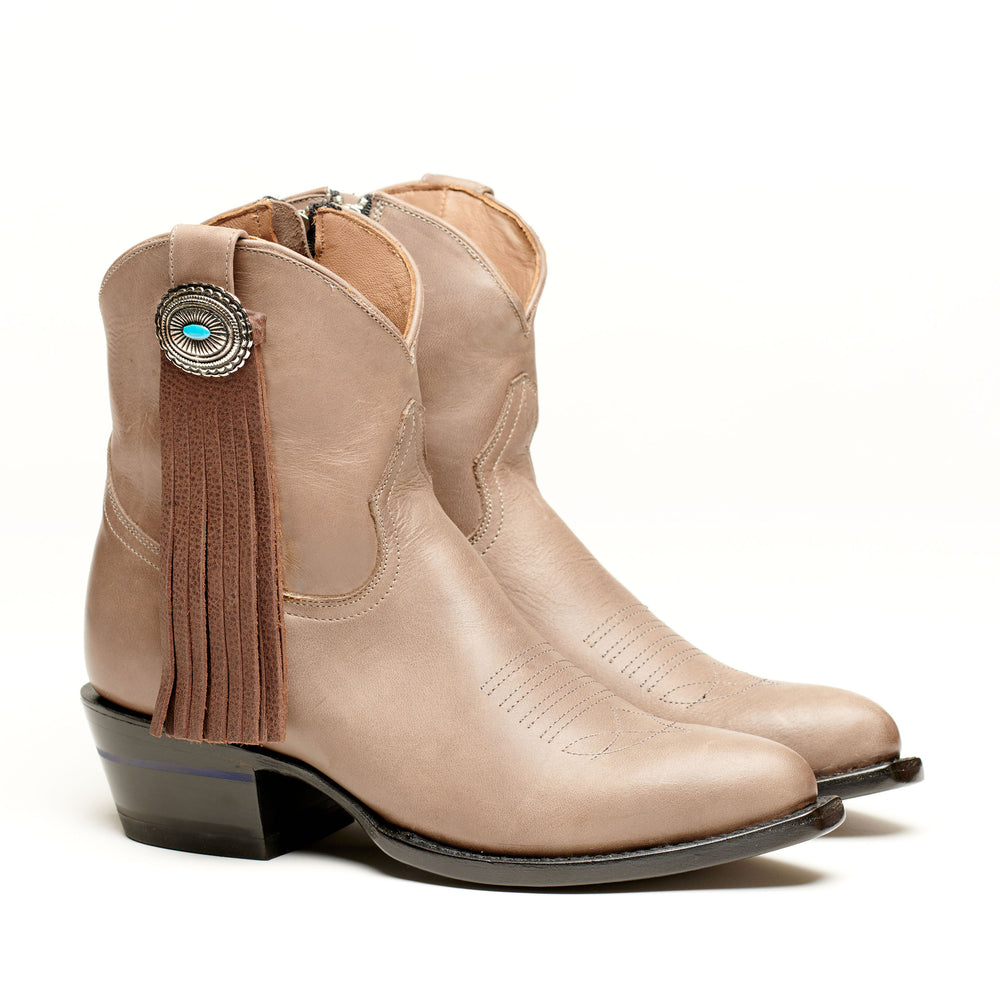
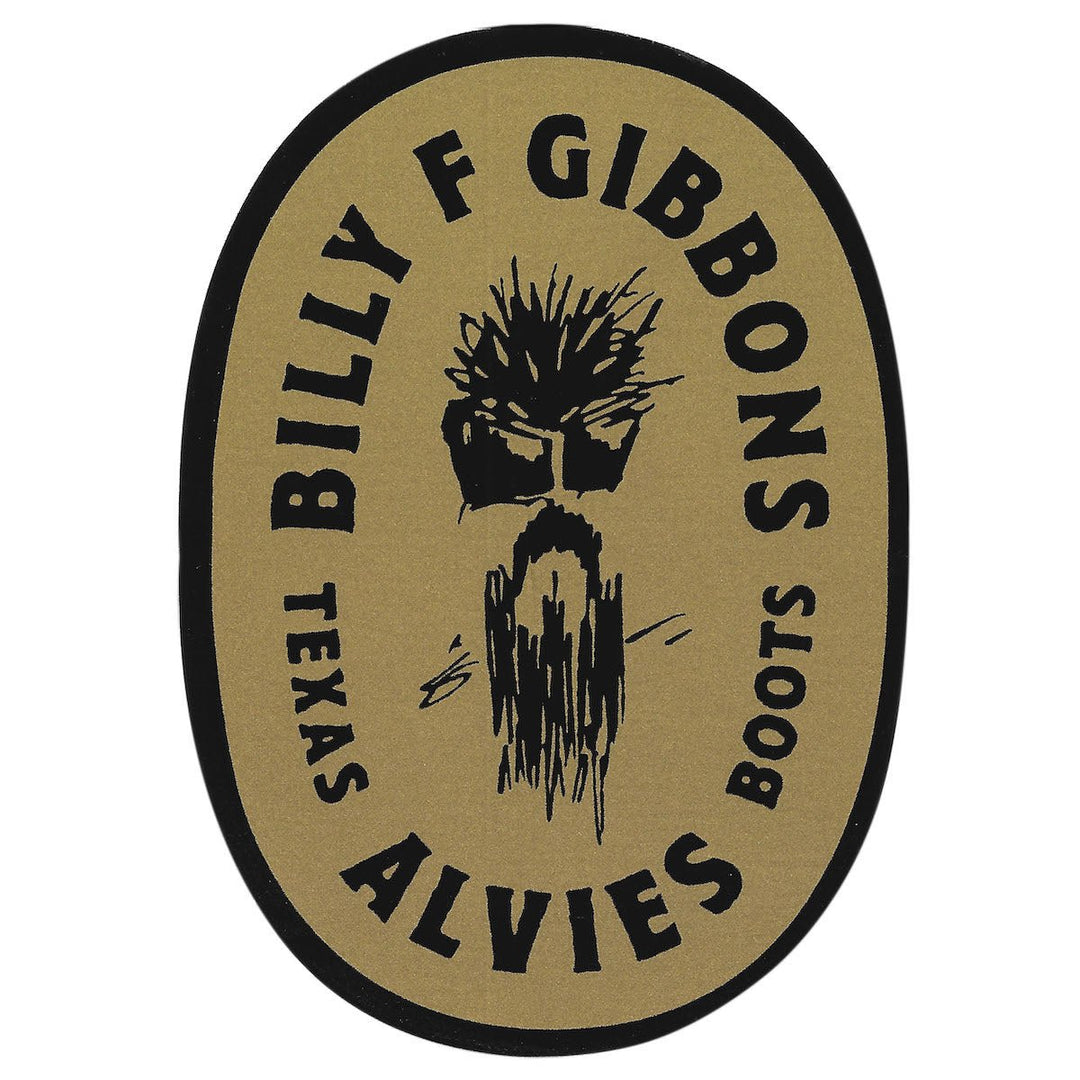

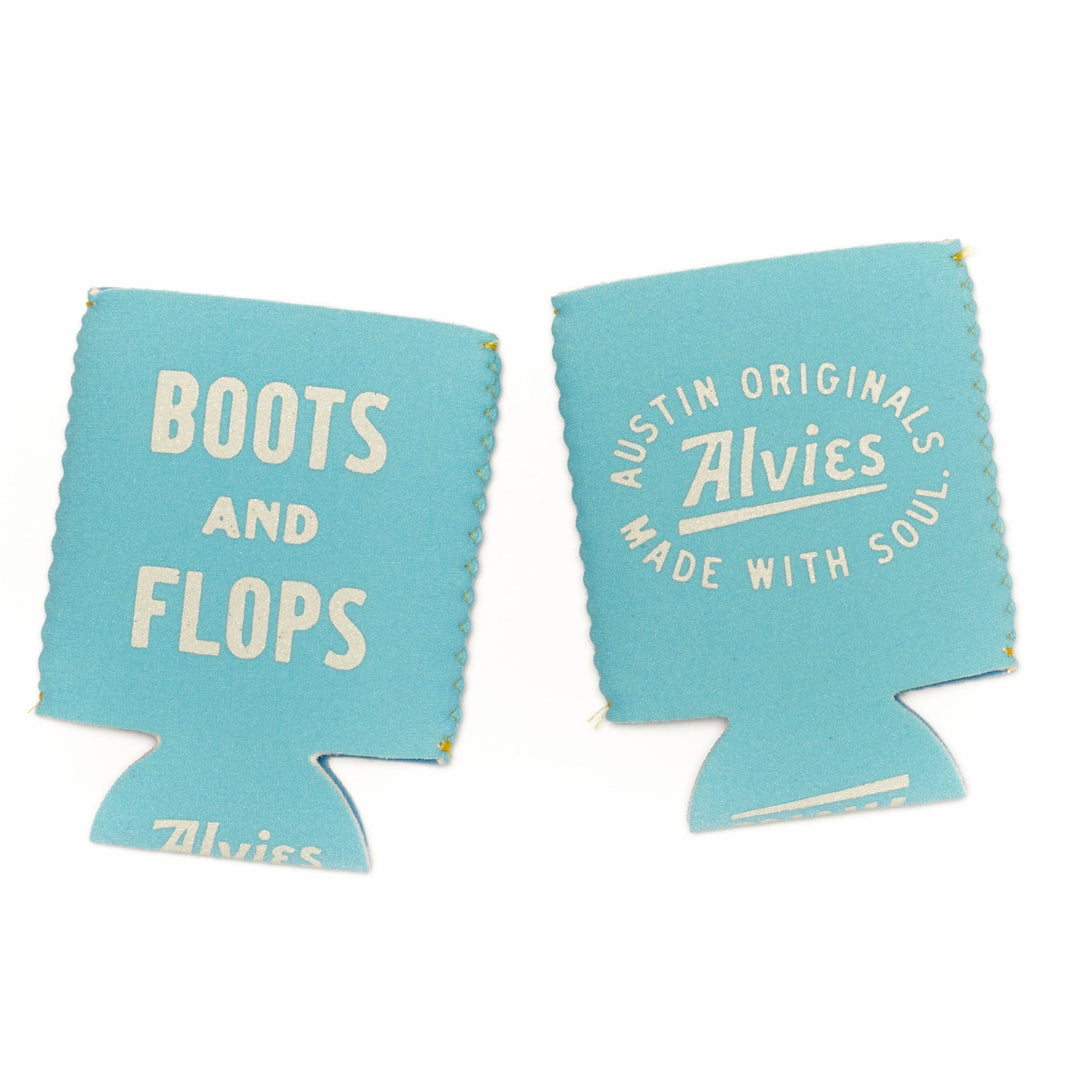
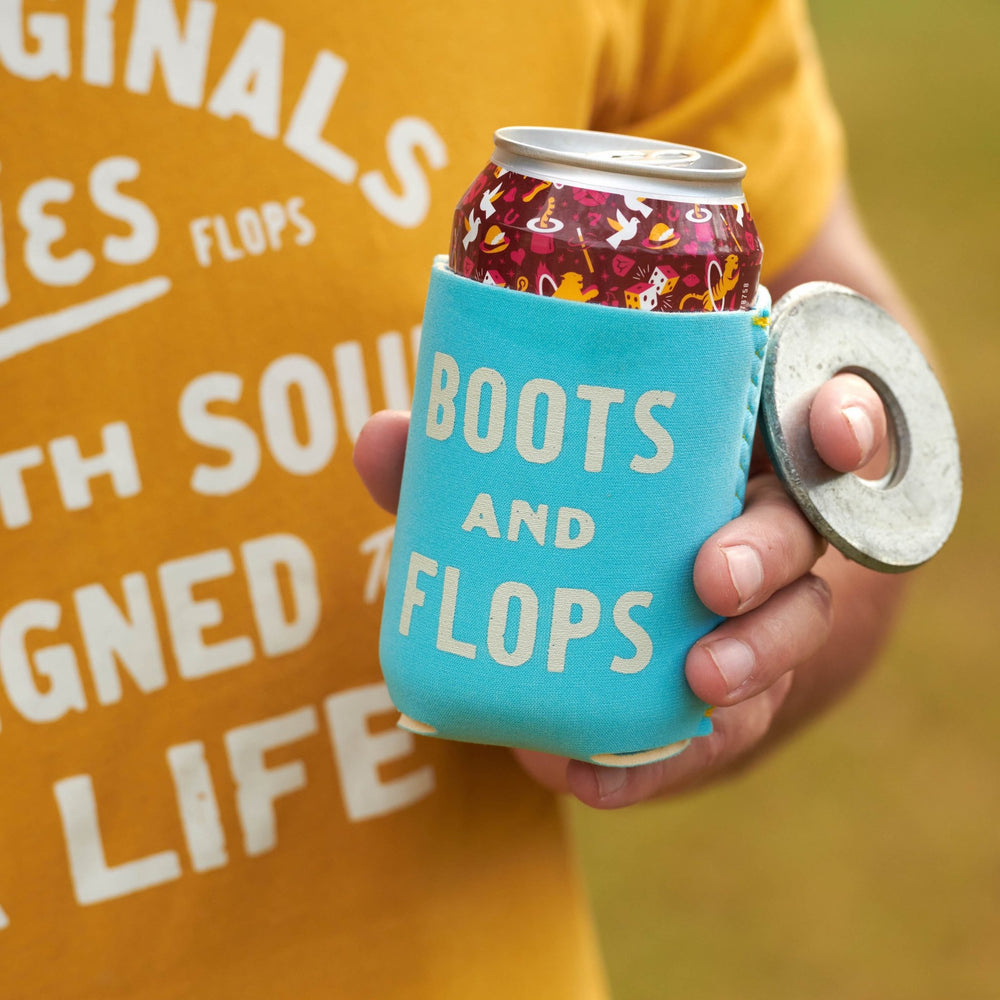
Leave a comment